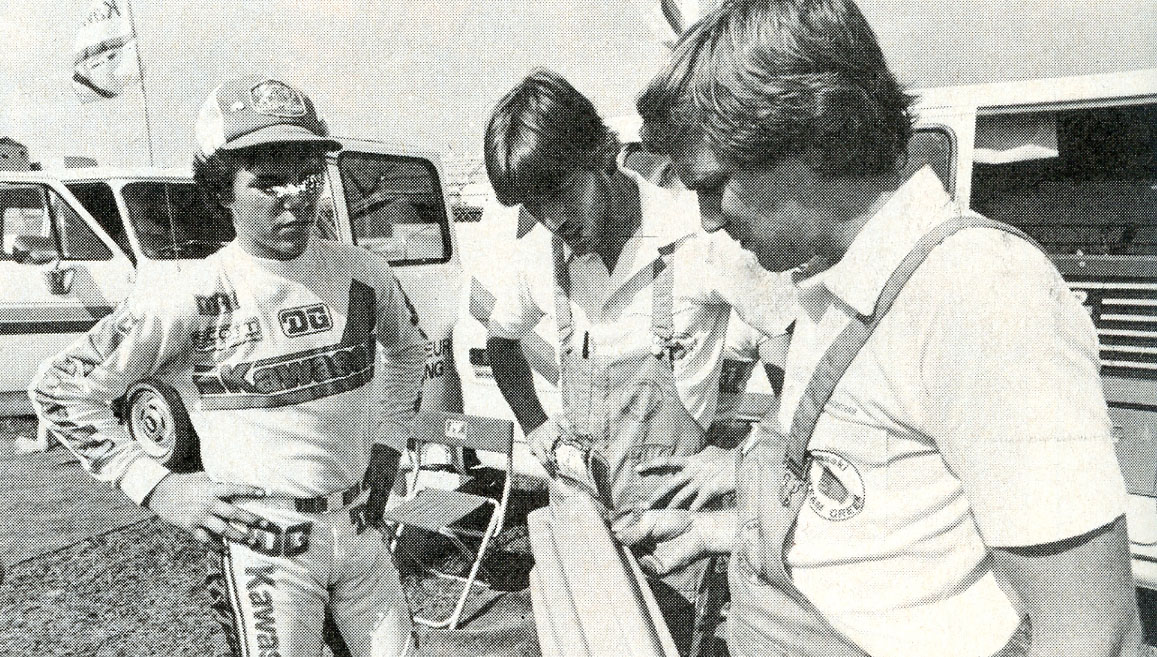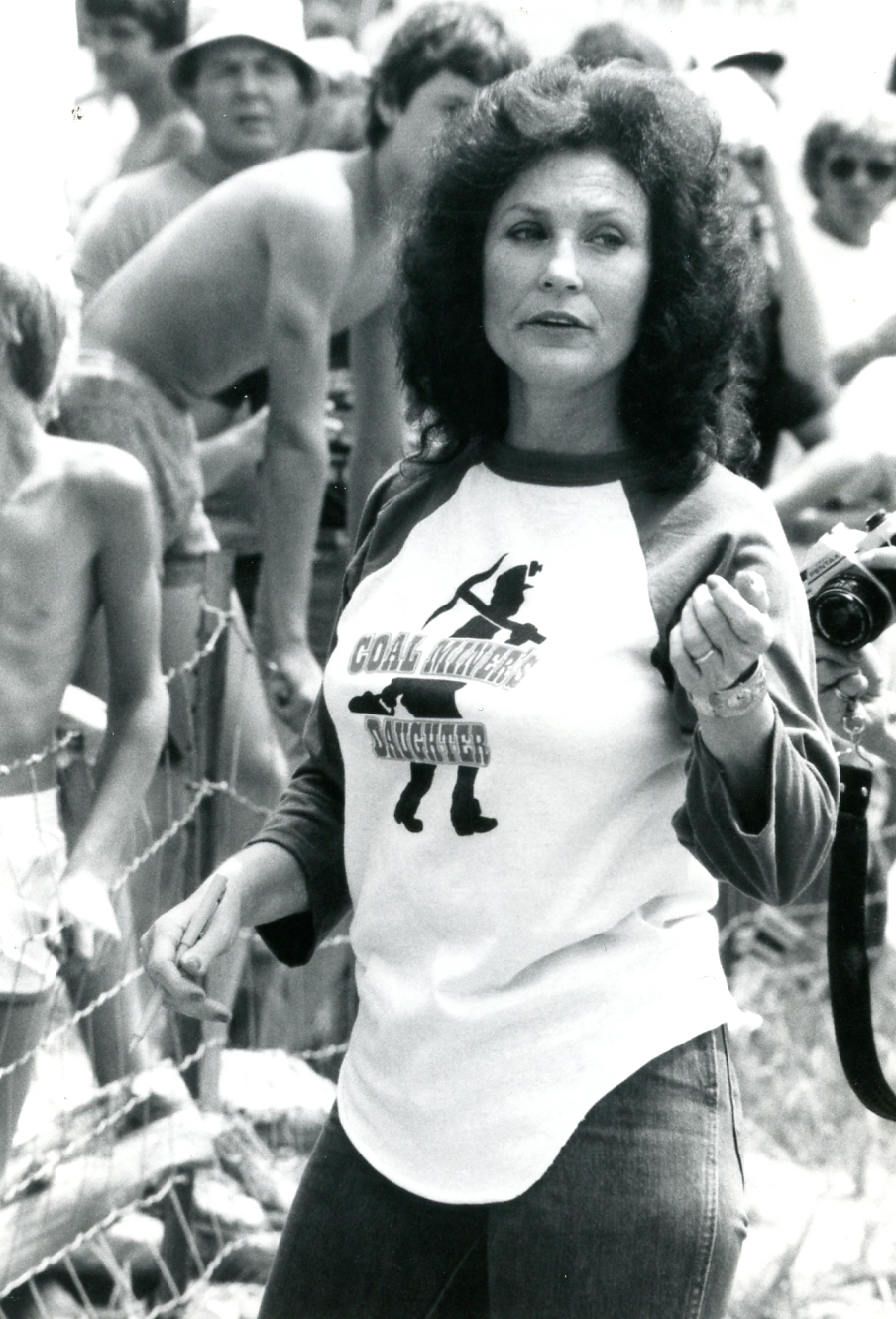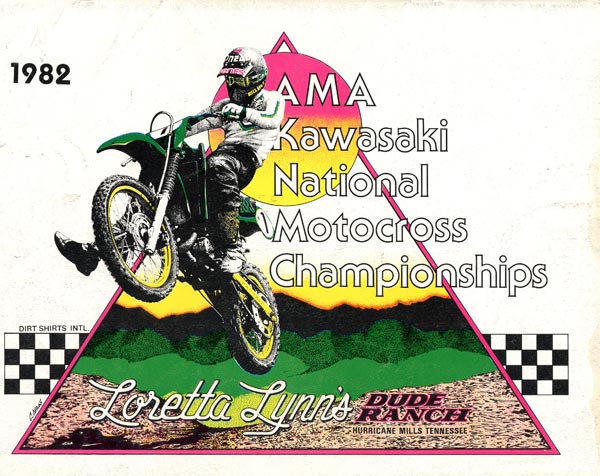As we count down the 36 days until the start of the 2017 Rocky Mountain ATV/MC Loretta Lynn’s AMA Amateur National Motocross Championship, we are going to look back at each year in the history of the event, beginning with the very first race back in 1982.
The landscape of amateur motocross in America back in the summer of 1981 was different than it is now. The AMA had been running two amateur nationals each year—one for big bikes and one for minicycles—for less than a decade. There were four classes for amateurs—100cc, 125cc, 250cc and Open—and about a dozen minicycle classes ranging from Peewee to 100cc Schoolboy. The races moved from track to track around the country, traveling to places like Pittsburg, Kansas (1975), Carlsbad in California (1976), Baja Acres in Michigan (1978), Otter Creek, Iowa (’79), Brownsville, Pennsylvania (’80) and even RedBud in Michigan (’81). The events were good, though often dominated by locals, and they did turn out some future superstars like Mark “Bomber” Barnett and David Bailey, but they were no match for the biggest races in amateur motocross, the World Mini Grand Prix at Saddleback Park and the NMA Grand Nationals at Ponca City, Oklahoma.
My parents, Dave and Rita Coombs, were race promoters. My brother Tim and I were racers. We did those AMA Minicycle Nationals from ’77 to ’81, and my brother did the AMA Amateur Nationals in ’80-’81. It was that last year that we went to Ponca City for the first time, and it was an enlightening experience for all of us. My parents thought that the AMA should standardize their event at a single, central location so it could grow, and I realized that I should maybe come up with a backup plan for adulthood, because if I had to race against guys like Ron Lechien, Keith Bowen, and Eddie Warren, I should prepare for the worst.
But I digress. On the way home from that Ponca City race in 1981 my dad got out his yellow pad and a pen and started making notes on the dashboard of our Dodge van. He was mapping out a new AMA Amateur & Minicycle National that would be centralized, on a neutral track, a thorough qualifying process that would ensure you a spot on the gate at the national, three long motos, etc. He knew another race promoter, Paul Shlegel of Delta Motorsports and Pontiac Silverdome Supercross fame, and they had already been talking about working together on a new event. Shlegel suggested my dad stop on our drive home from Oklahoma to West Virginia at Loretta Lynn’s Ranch in Hurricane Mills, Tennessee. Paul had been there before for a road rally and thought it might make an interesting spot for a motocross race/family vacation, which is what this new race would have to be to work for families all across the country. It had scores of electrical and water hook-ups, shower houses, a swimming pool, cook shack, convenience store, and a nice cool creek that ran the length of the facility. There was also a great big flat field in the middle of it all that would eventually make a good racetrack.
At the time, Loretta Lynn was one of the biggest stars in the world. A staple of the Grand Ole Opry and the country music world based out of Nashville, her hit single and Hollywood biopic “A Coal Miner’s Daughter” were about to drop. Her only connection to motocross was the fact that the giant ranch she had purchased near Waverly, Tennessee, would be the perfect place for a big amateur motocross event. And when my dad presented the idea to the ranch managers and her husband Mooney the morning after we stopped, they agreed to consider hosting the new AMA Amateur National Motocross Championship, after all of the Area and Regional Qualifiers were complete.
While all this was going on, another amateur entity was picking up steam on a parallel track. Kawasaki’s Team Green amateur support program was about to change the amateur landscape from the OEM perspective. Dave Jordan was in charge of the program, which was actually based out of Kawasaki’s Atlanta office at first. When it was time to go hunt for sponsors for this new event, my parents called Team Green first and simply asked that the AMA Amateur National be included in their 1982 contracts. Jordan said sure, signed Team Green up, and they’ve been a part of the event ever since.
The track itself for that first race was not much like what we have today, with the exception of the start straight and the last section from the sweeper around the pond to the finish line. There was no base, and when rain swept through the area in late July, the bottom more or less fell out of the track. Deep ruts ran the length of straightaways, and it led one visiting journalist (my dad’s old friend Rick “Super Hunky” Sieman) to call it the “slot car racing” in Dirt Bike magazine. Another one called it “the best thing anyone ever did for a swamp.”
But what that first race did have was some star power, because not only did Team Green send their best riders, Yamaha dispatched California hotshoes Ronnie Lechien and Johner Kight, and that helped raise the whole profile of the event. Lechien, already dubbed the next big star in pro motocross, won the 125 A Youth Stock and Modified classes. Within a year he would be winning AMA Supercross main events for the Yamaha factory team. Yamaha also sent fast kids from around the country like Danny Storbeck, Donny Schmit, Keith Bowen, and Bob Moore. Here are all of the winners from that first Loretta Lynn’s in 1982. And check out the class structure: two 100cc classes, one vet class, all two-strokes!
Looking back at that first race, with all of its hiccups and obstacles to overcome, it’s hard to believe that Loretta Lynn’s would grow into what it’s become. There was much to learn, like understanding the need to build a solid base under the track on so it wouldn’t sink after just a little bit of rain. But the key move was already set: no one would be allowed to ride on the track until 2nd Annual Loretta Lynn’s AMA Amateur National Championship, ensuring an even playing field for all, a policy that has remained in place ever since.
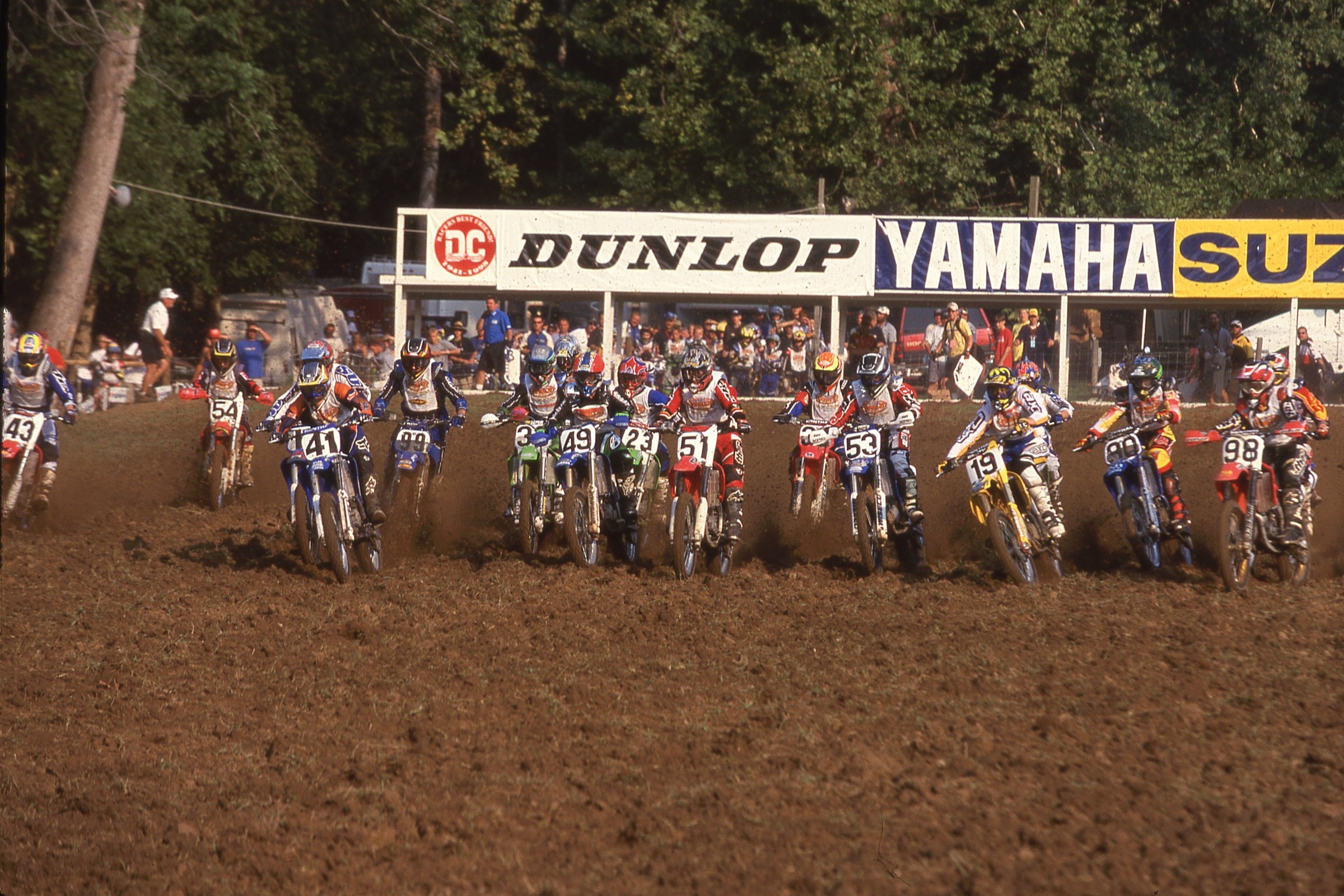 Mon Jul 31 36 Years of Loretta's: 2000
Mon Jul 31 36 Years of Loretta's: 2000 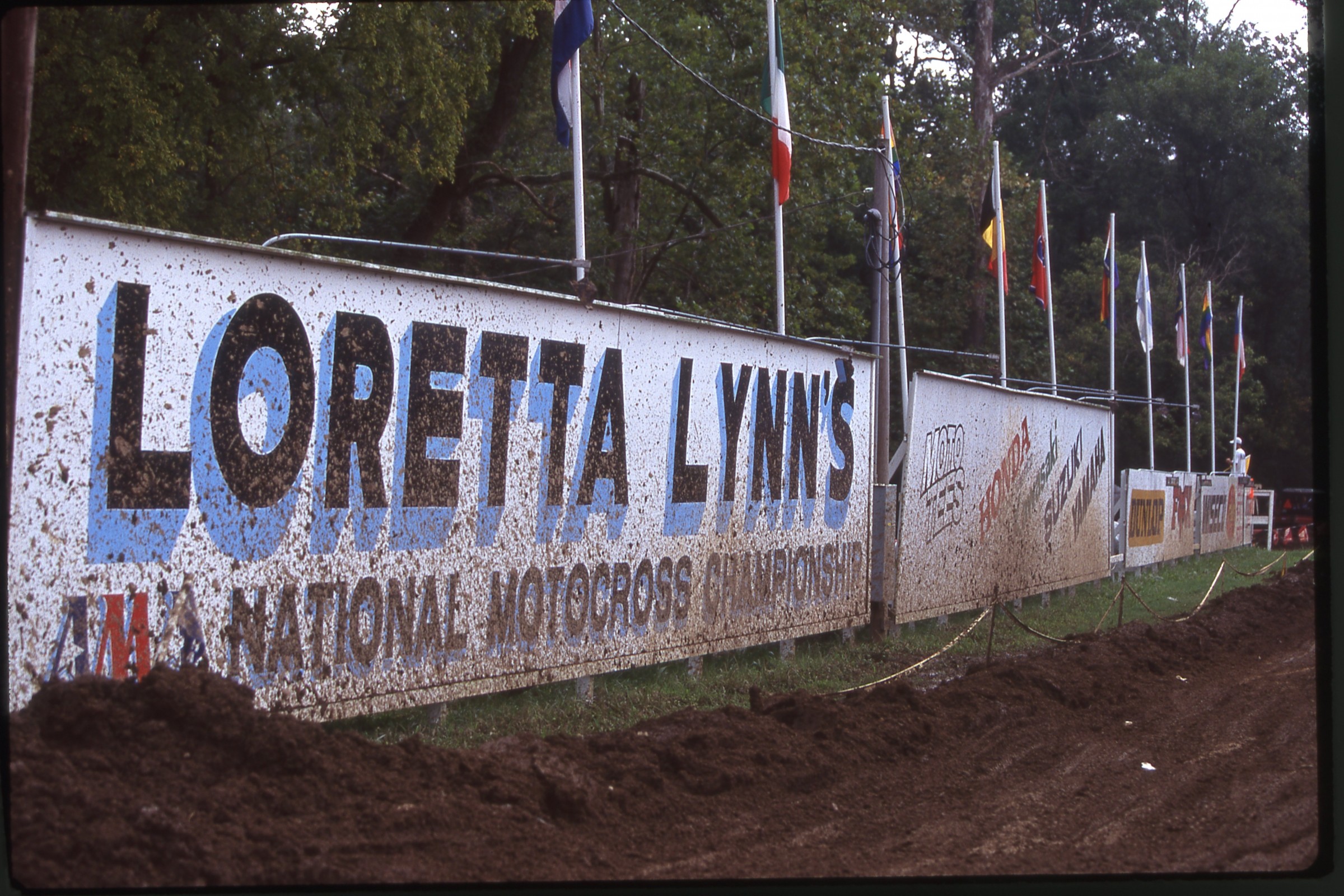 Sat Jul 29 36 Years of Loretta's: 1998
Sat Jul 29 36 Years of Loretta's: 1998 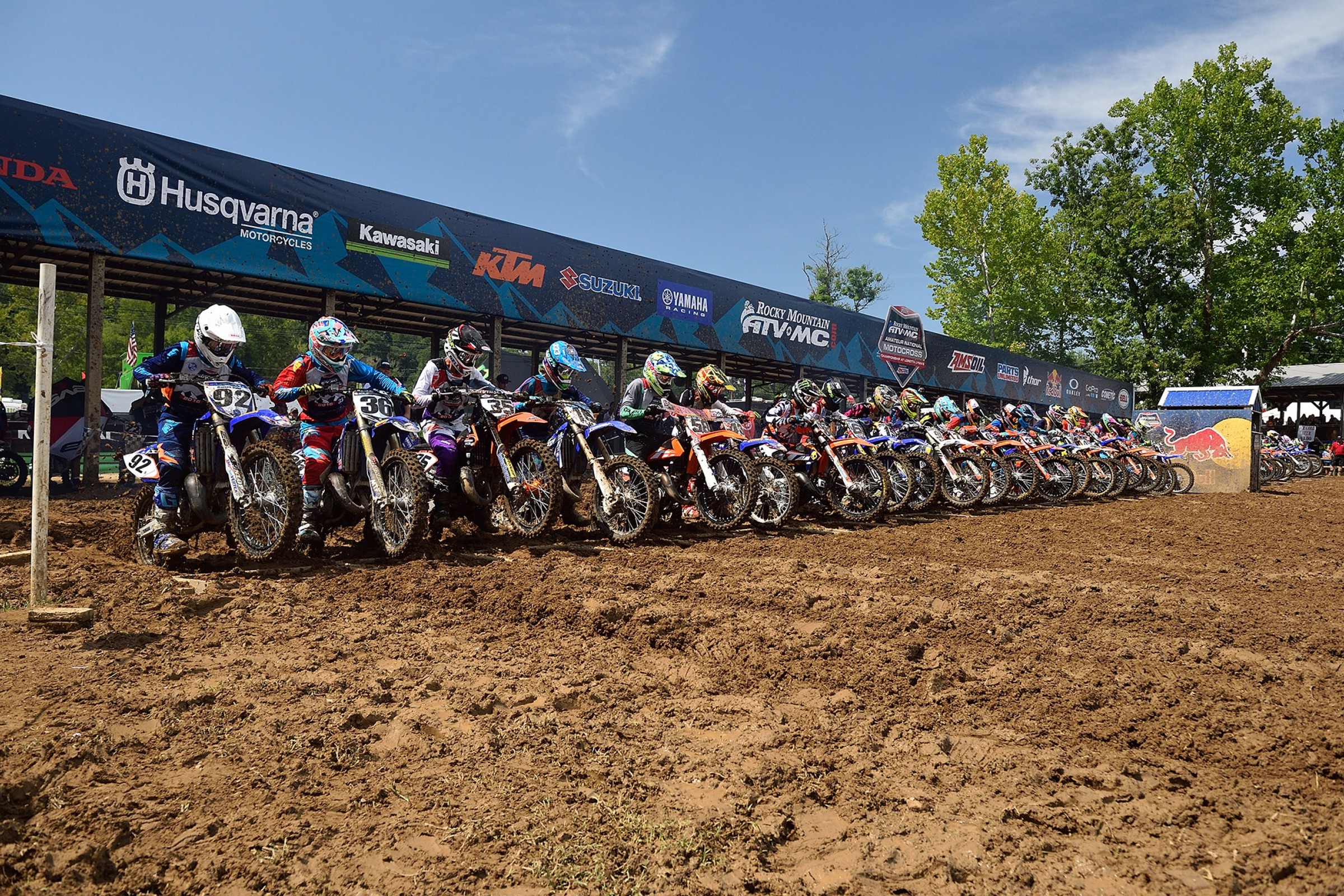 Fri Jul 28 36 Years of Loretta's: 2016
Fri Jul 28 36 Years of Loretta's: 2016 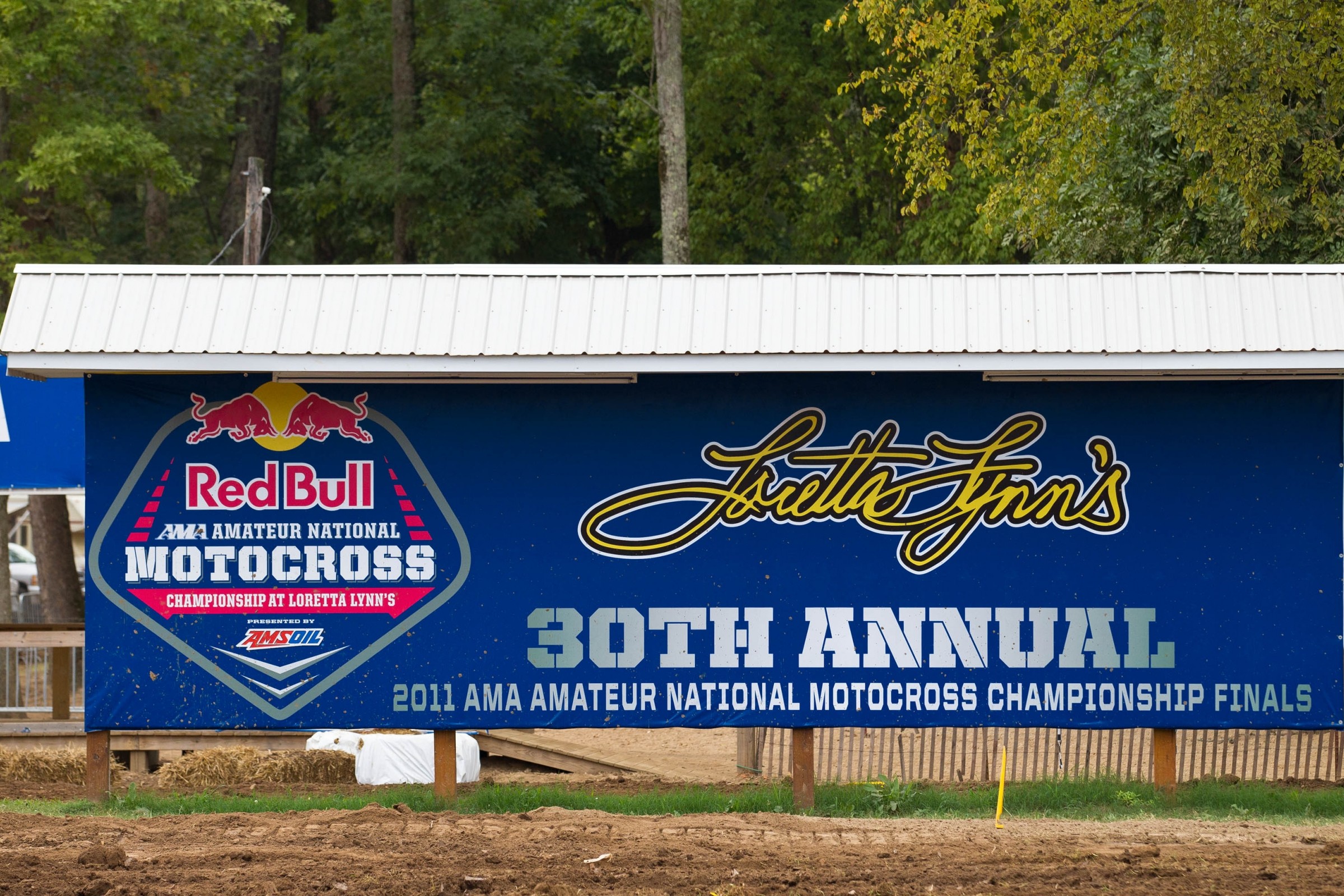 Thu Jul 27 36 Years of Loretta's: 2011
Thu Jul 27 36 Years of Loretta's: 2011 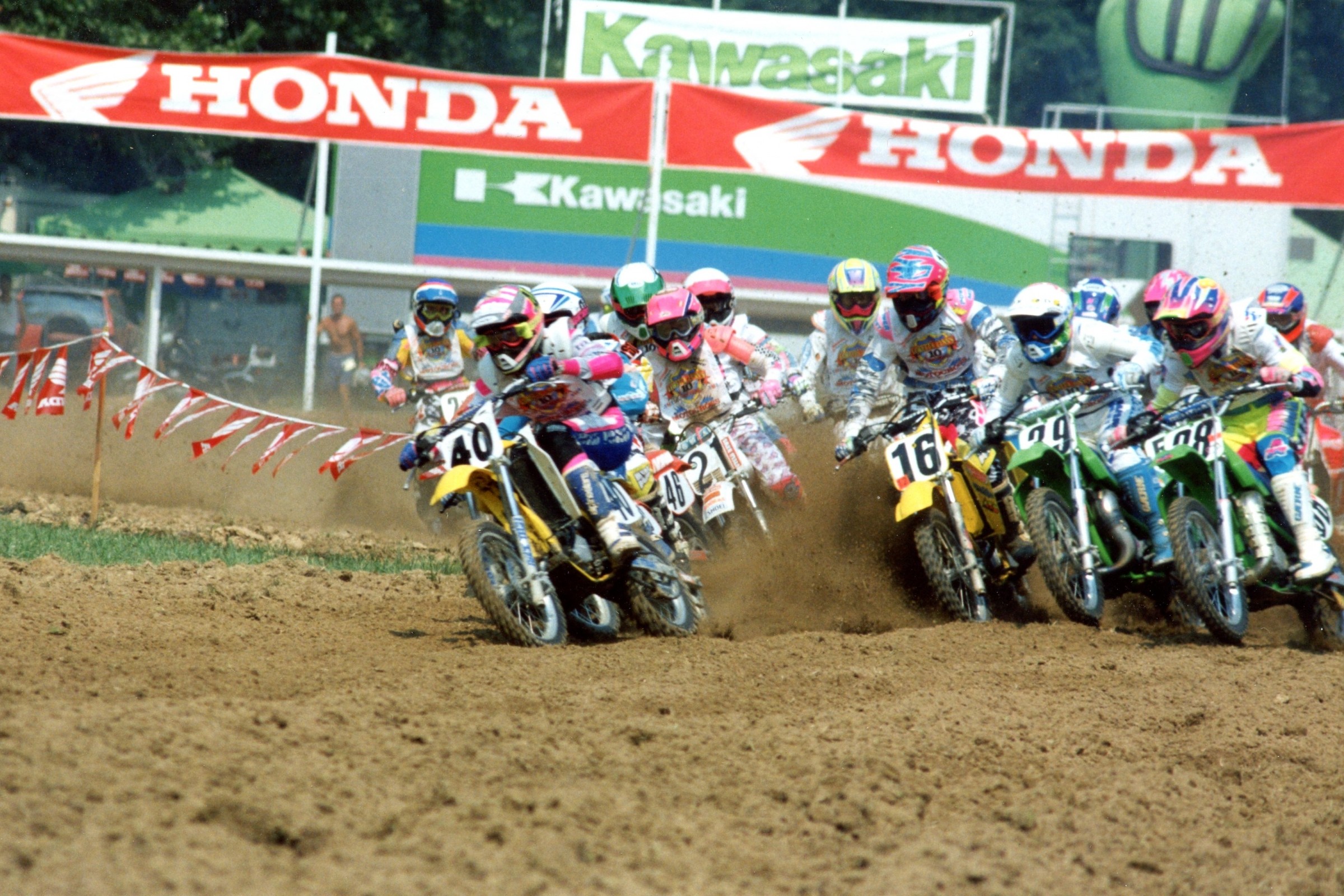 Wed Jul 26 36 Years of Loretta's: 1991
Wed Jul 26 36 Years of Loretta's: 1991 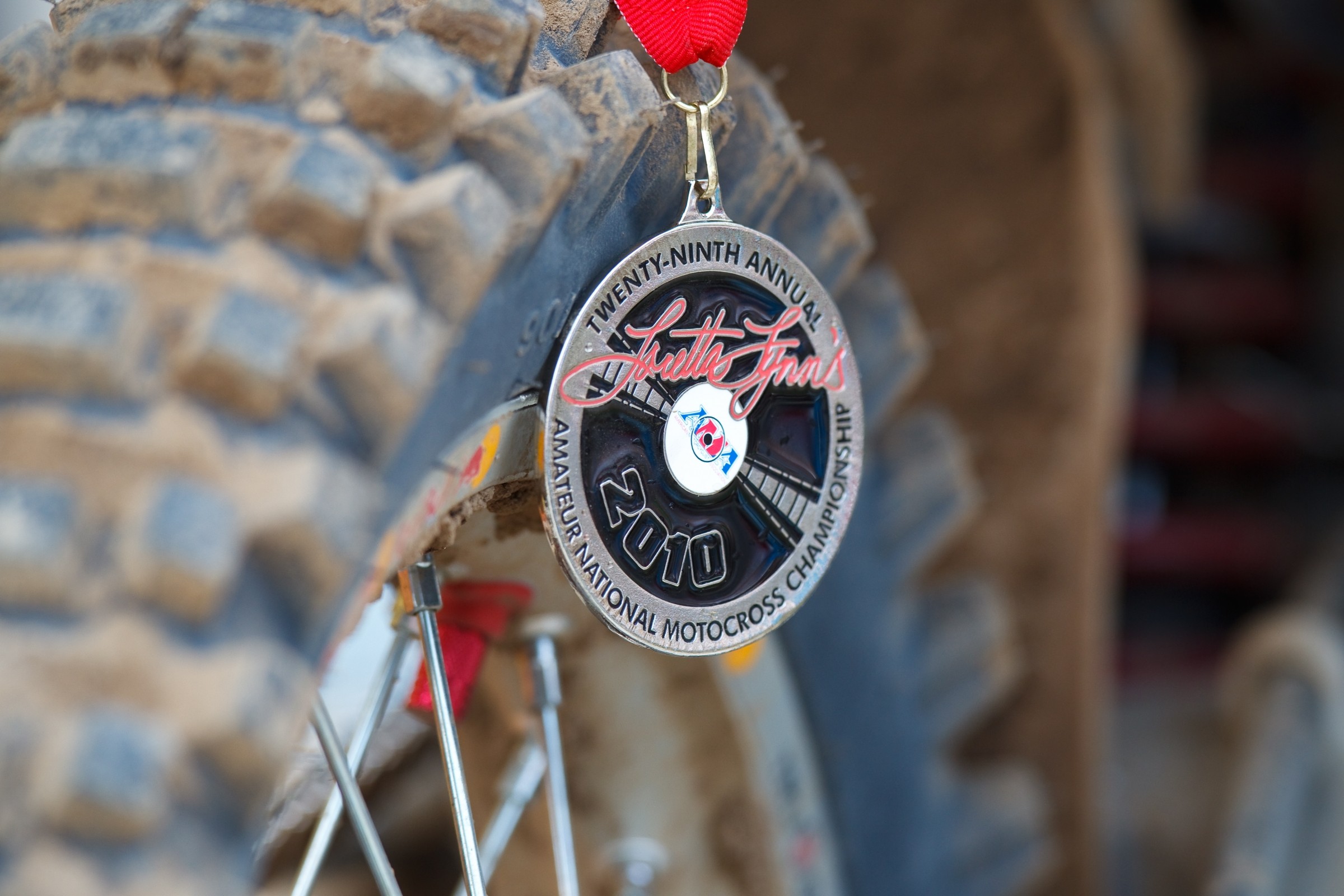 Tue Jul 25 36 Years of Loretta's: 2010
Tue Jul 25 36 Years of Loretta's: 2010 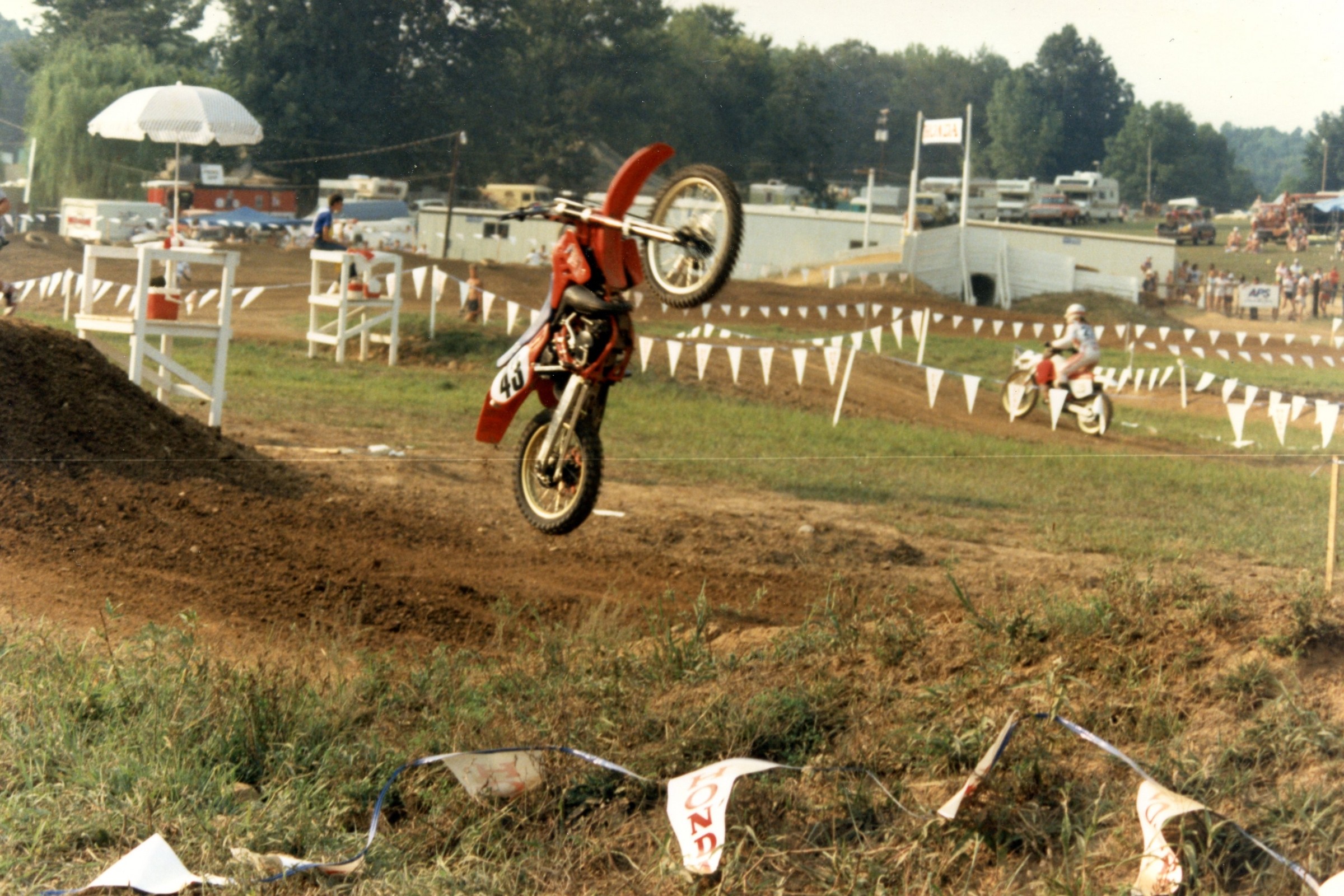 Mon Jul 24 36 Years of Loretta's: 1986
Mon Jul 24 36 Years of Loretta's: 1986 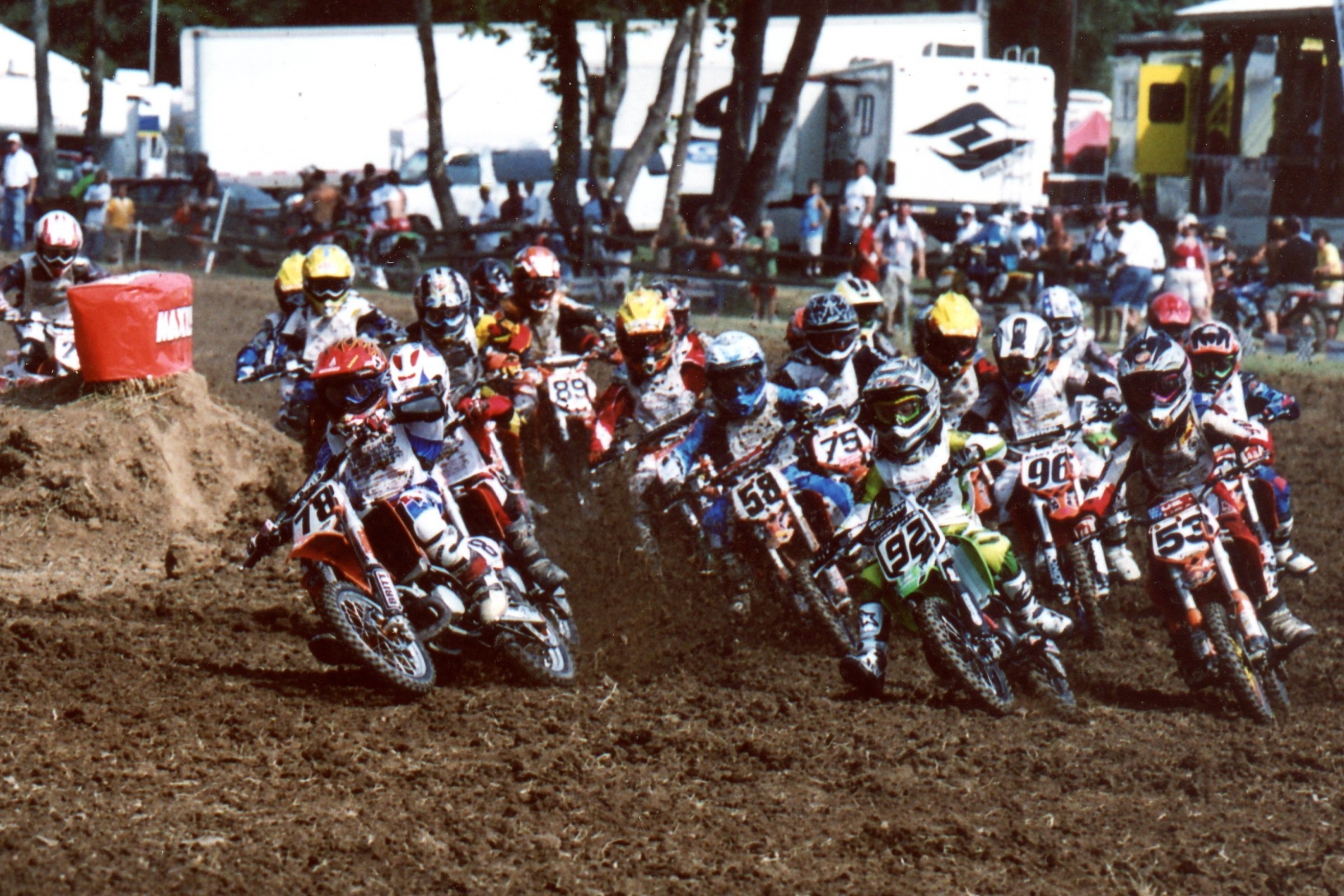 Sun Jul 23 36 Years of Loretta's: 2006
Sun Jul 23 36 Years of Loretta's: 2006 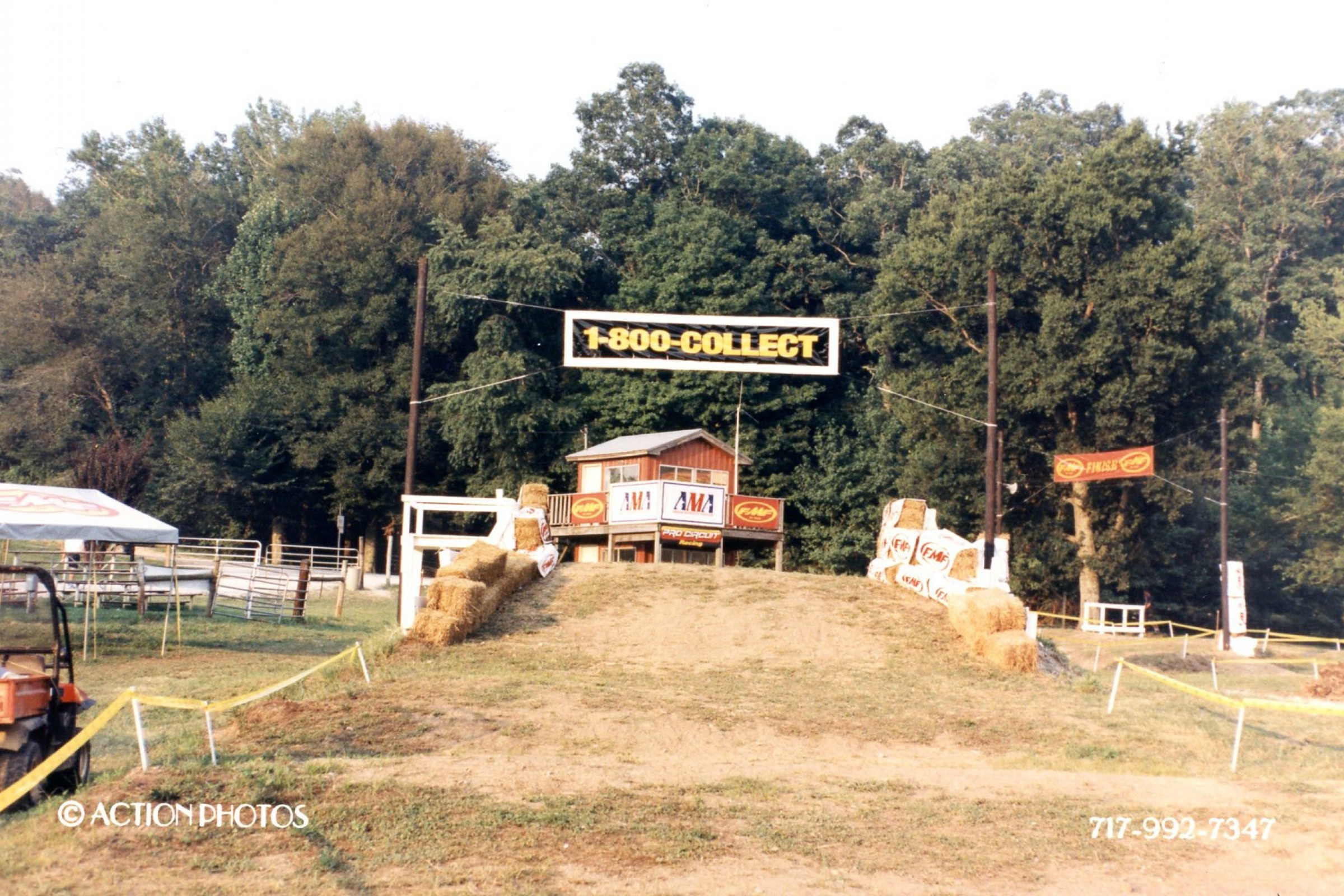 Sat Jul 22 36 Years of Loretta's: 1997
Sat Jul 22 36 Years of Loretta's: 1997 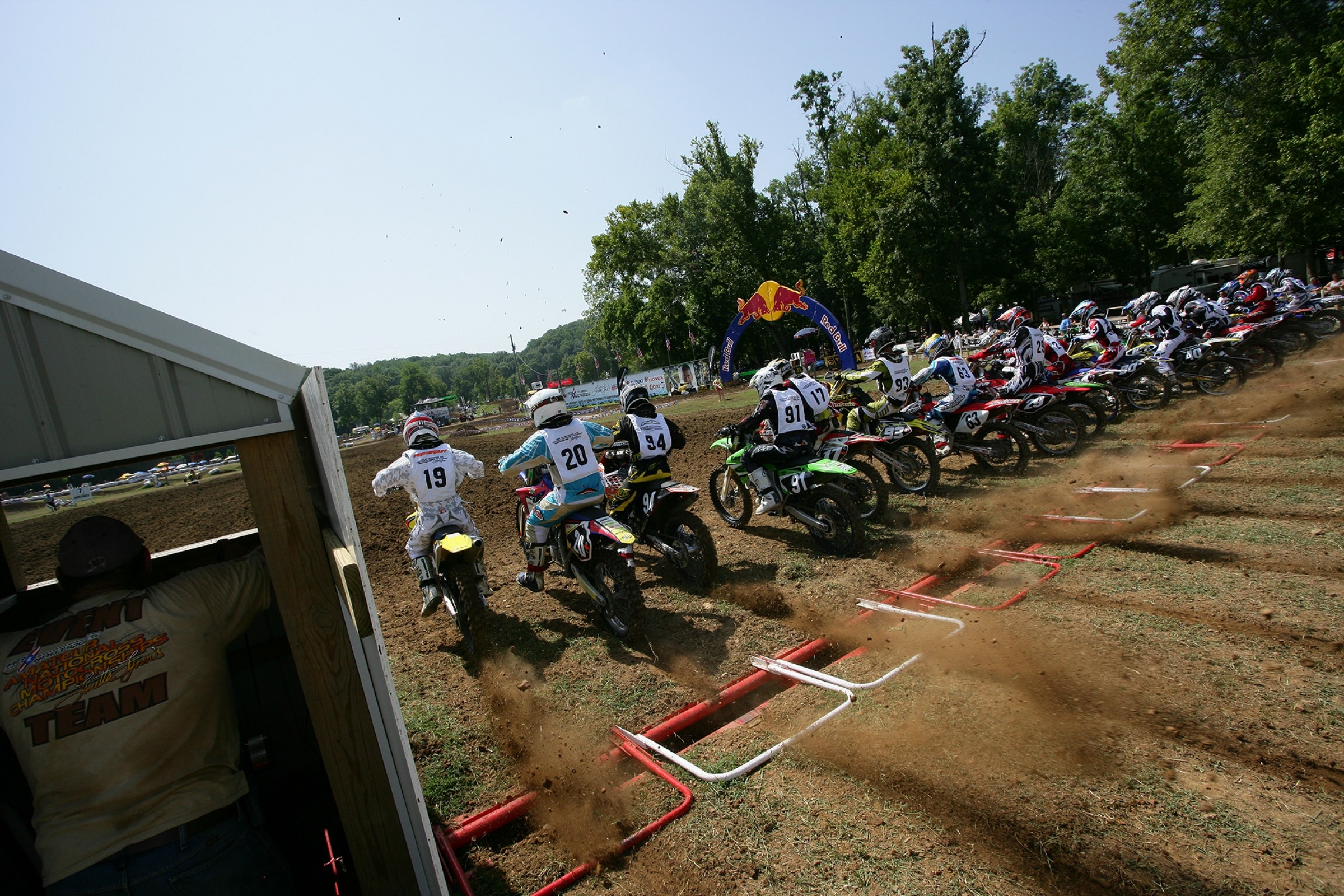 Fri Jul 21 36 Years of Loretta's: 2008
Fri Jul 21 36 Years of Loretta's: 2008 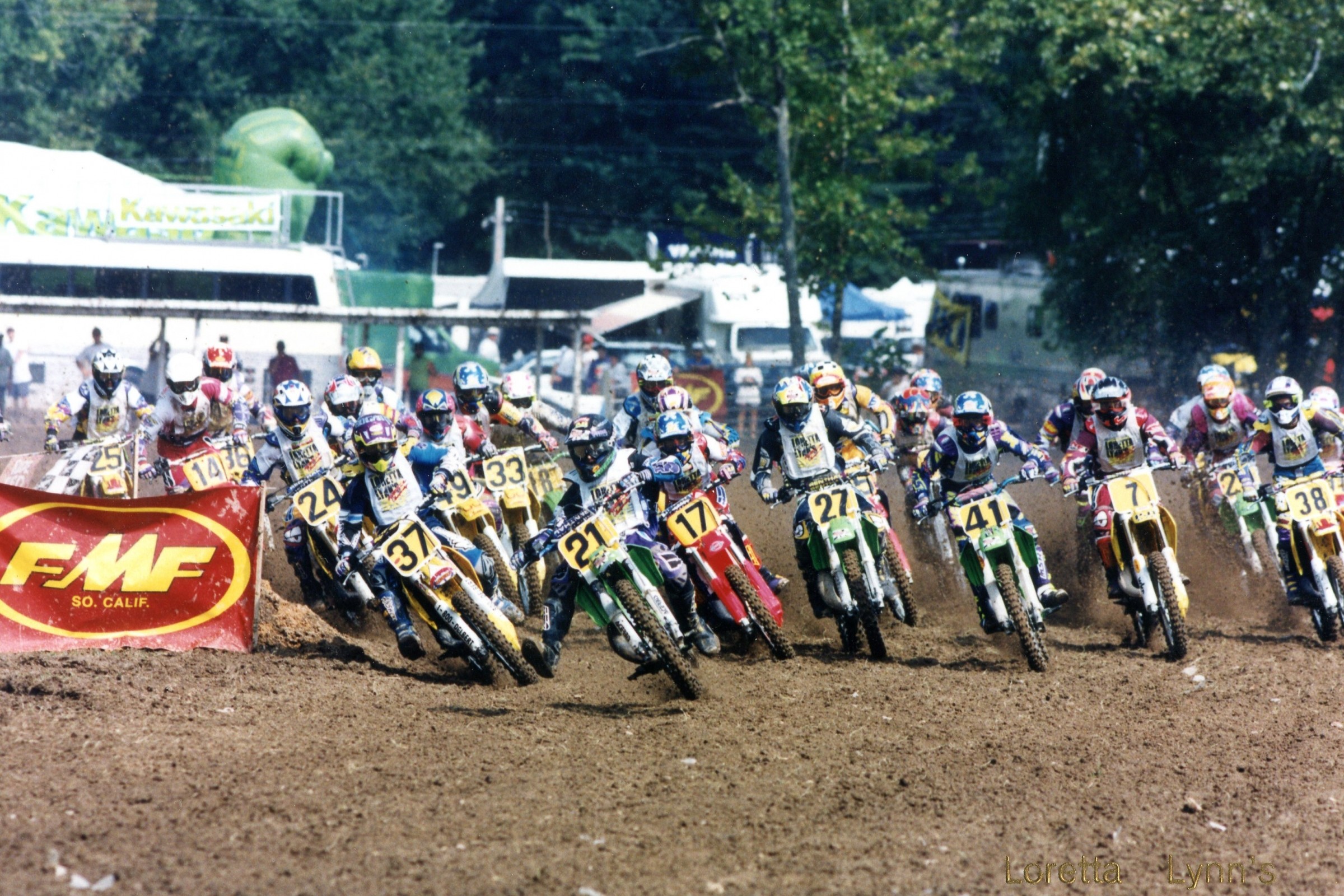 Thu Jul 20 36 Years of Loretta's: 1995
Thu Jul 20 36 Years of Loretta's: 1995 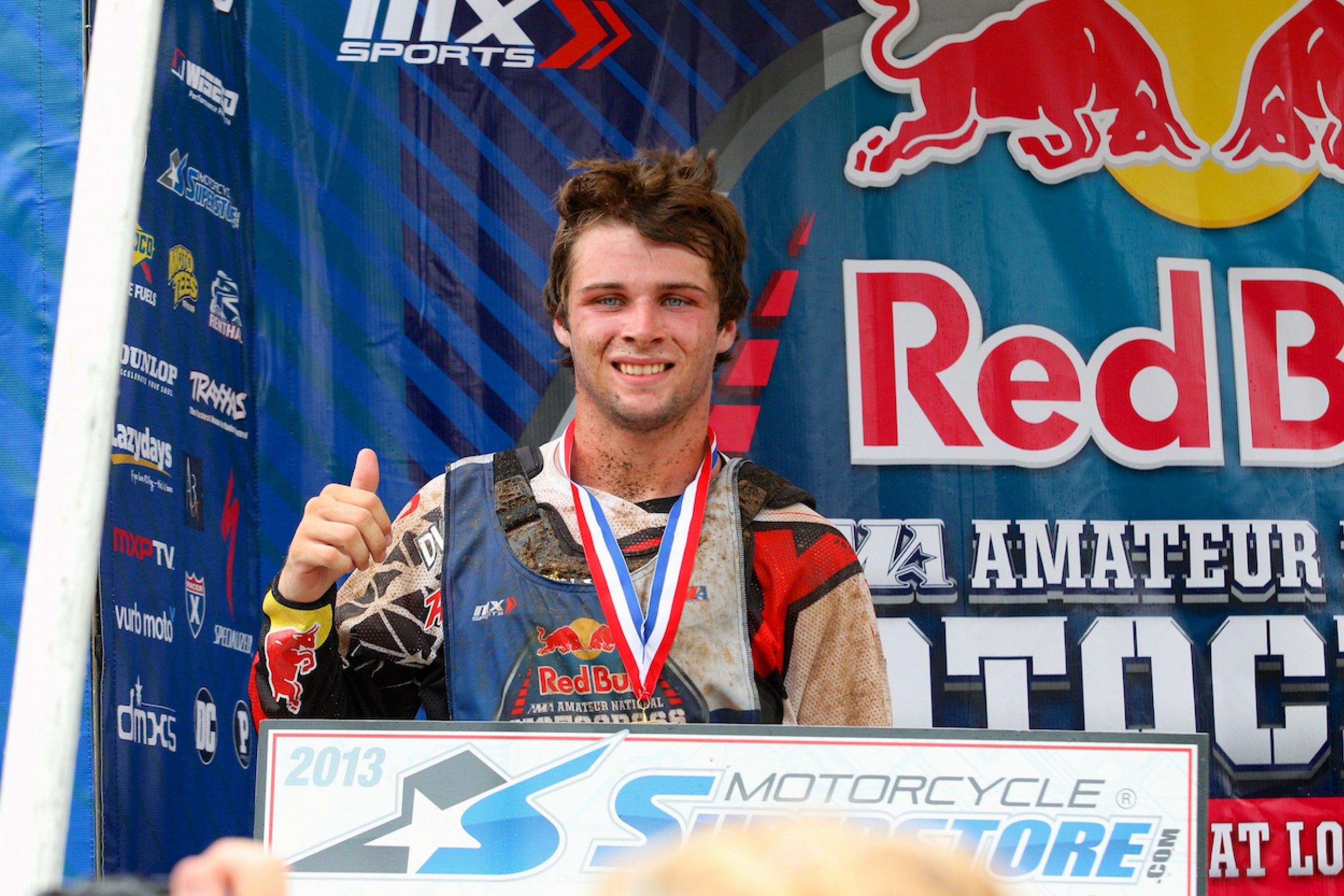 Wed Jul 19 36 Years of Loretta's: 2013
Wed Jul 19 36 Years of Loretta's: 2013 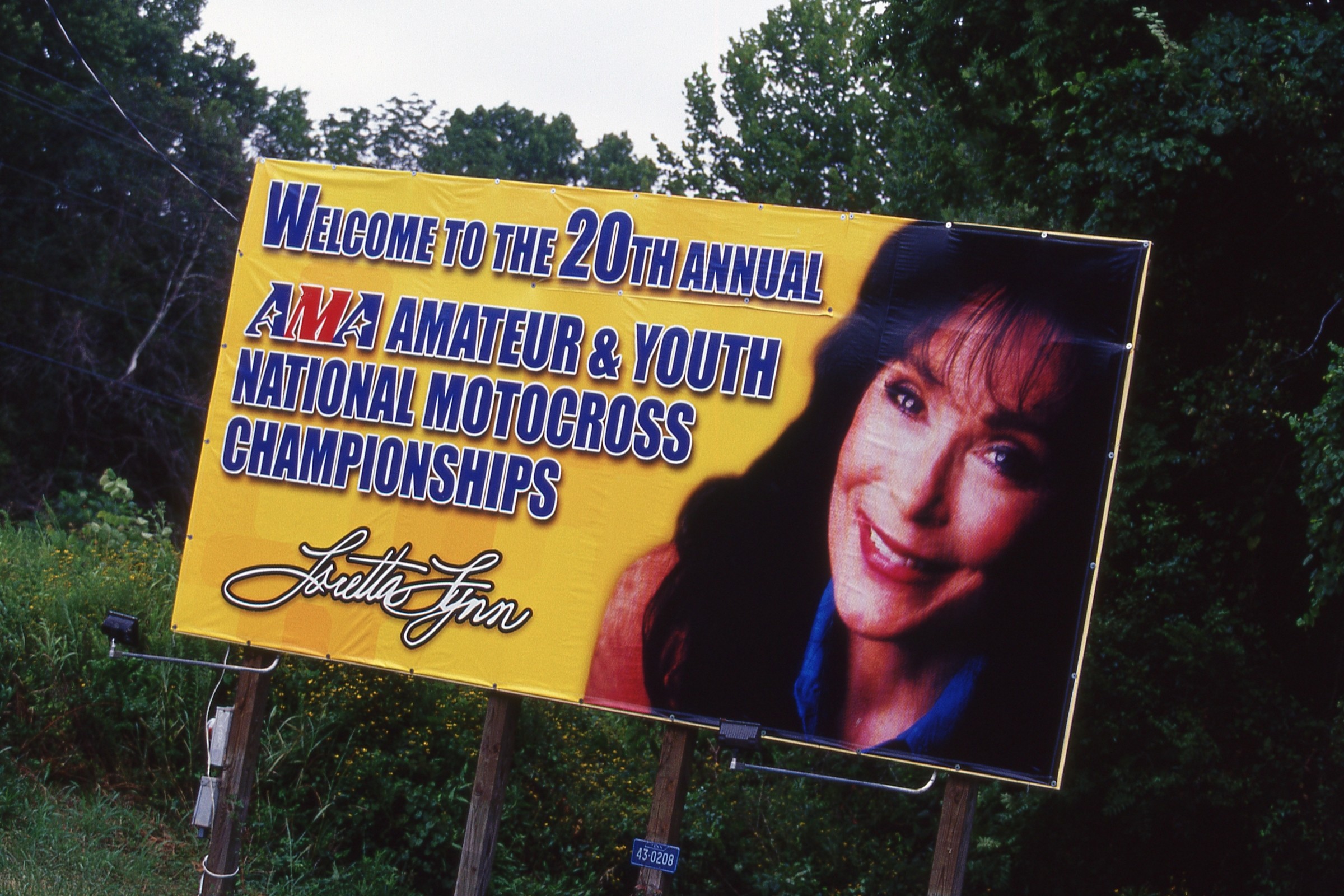 Tue Jul 18 36 Years of Loretta's: 2001
Tue Jul 18 36 Years of Loretta's: 2001 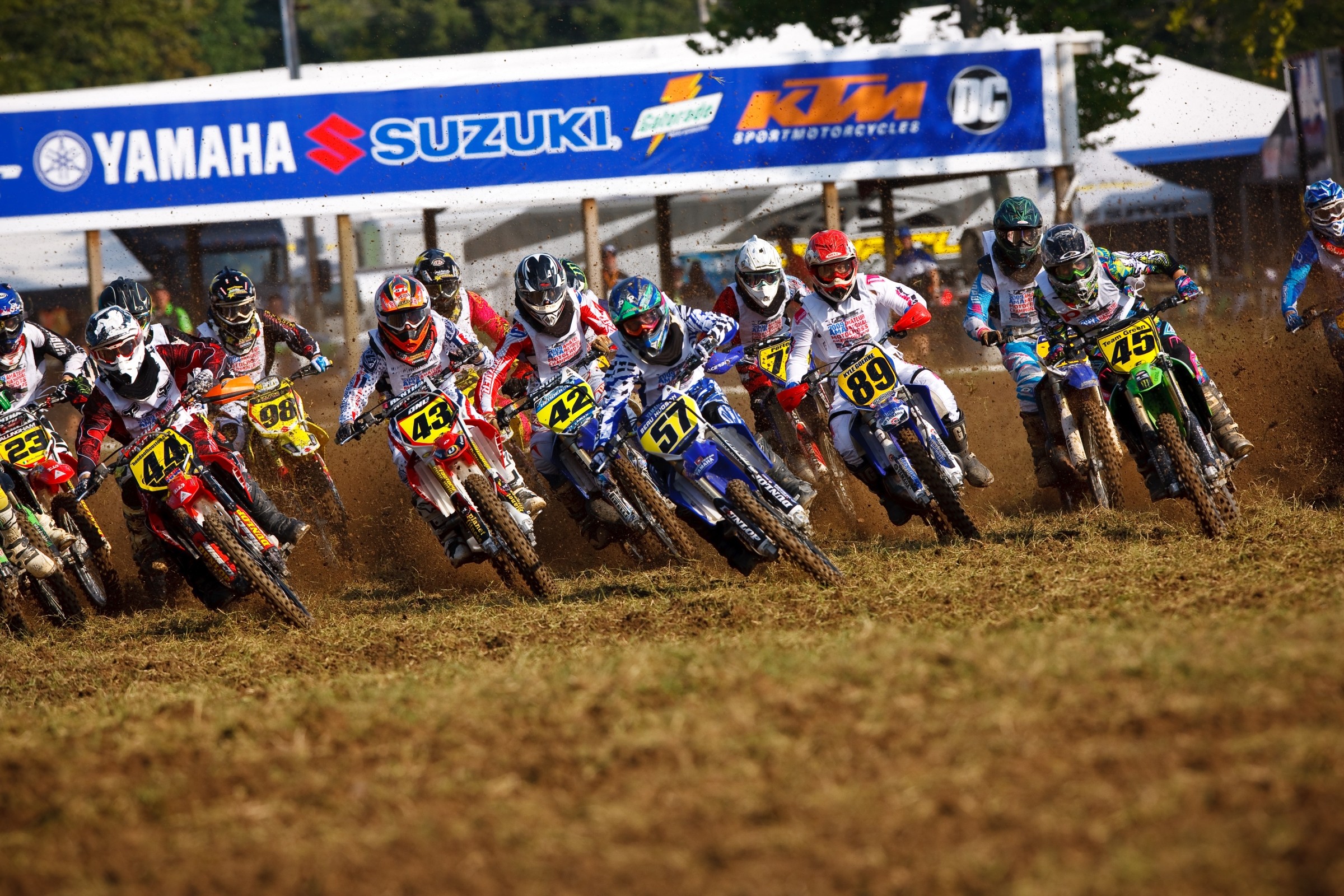 Mon Jul 17 36 Years of Loretta's: 2009
Mon Jul 17 36 Years of Loretta's: 2009 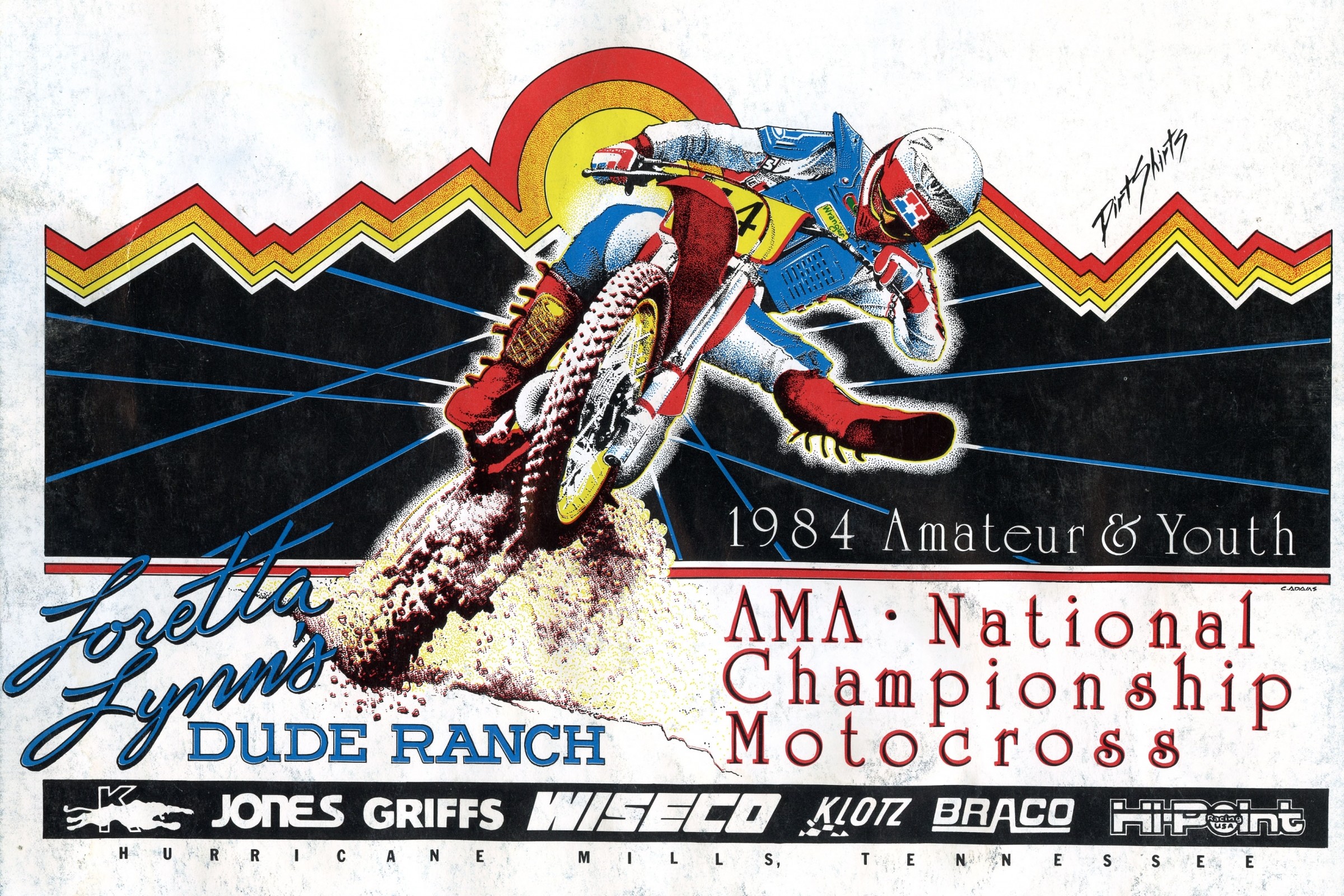 Sun Jul 16 36 Years of Loretta's: 1984
Sun Jul 16 36 Years of Loretta's: 1984 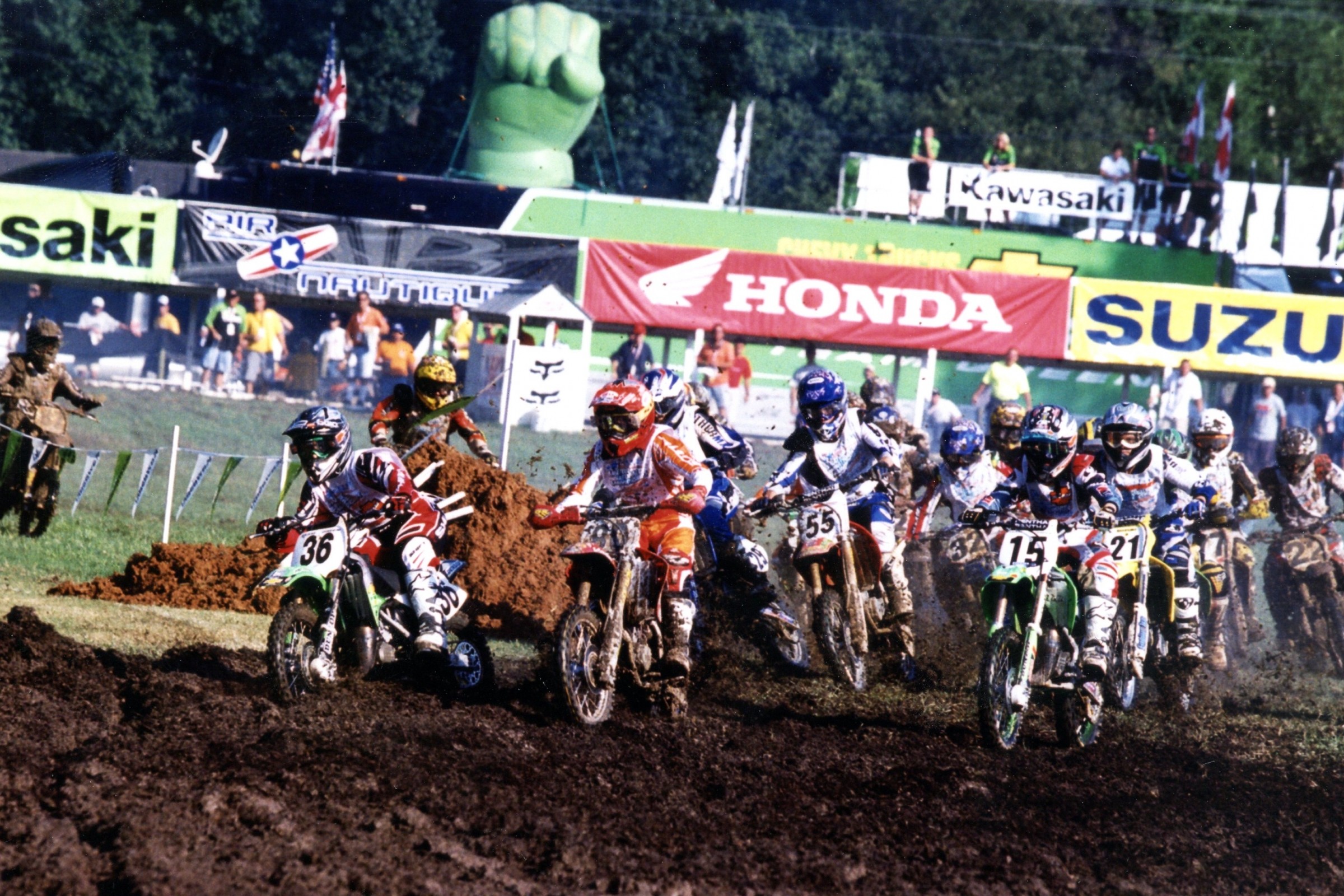 Sat Jul 15 36 Years of Loretta's: 2003
Sat Jul 15 36 Years of Loretta's: 2003 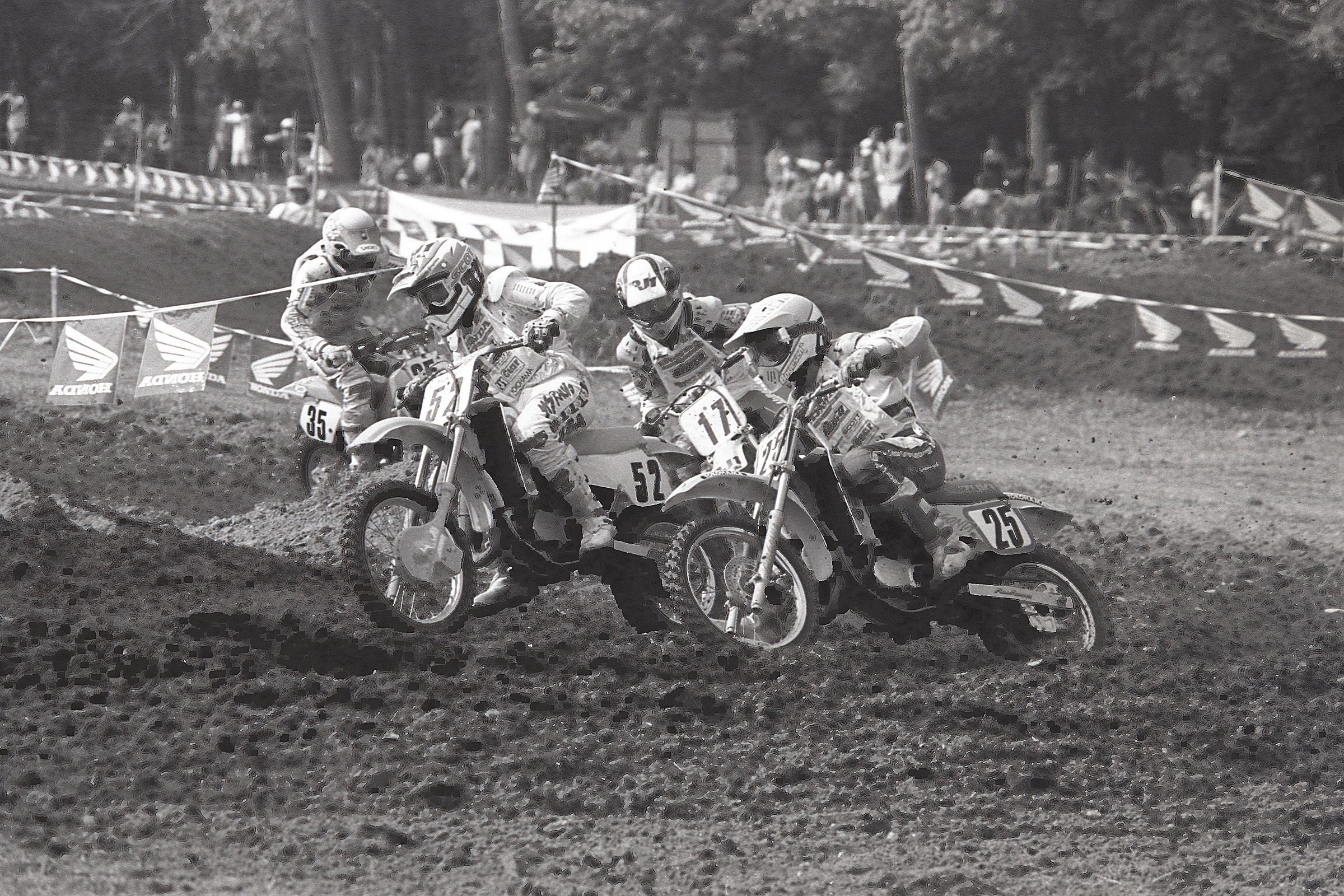 Fri Jul 14 36 Years of Loretta's: 1990
Fri Jul 14 36 Years of Loretta's: 1990 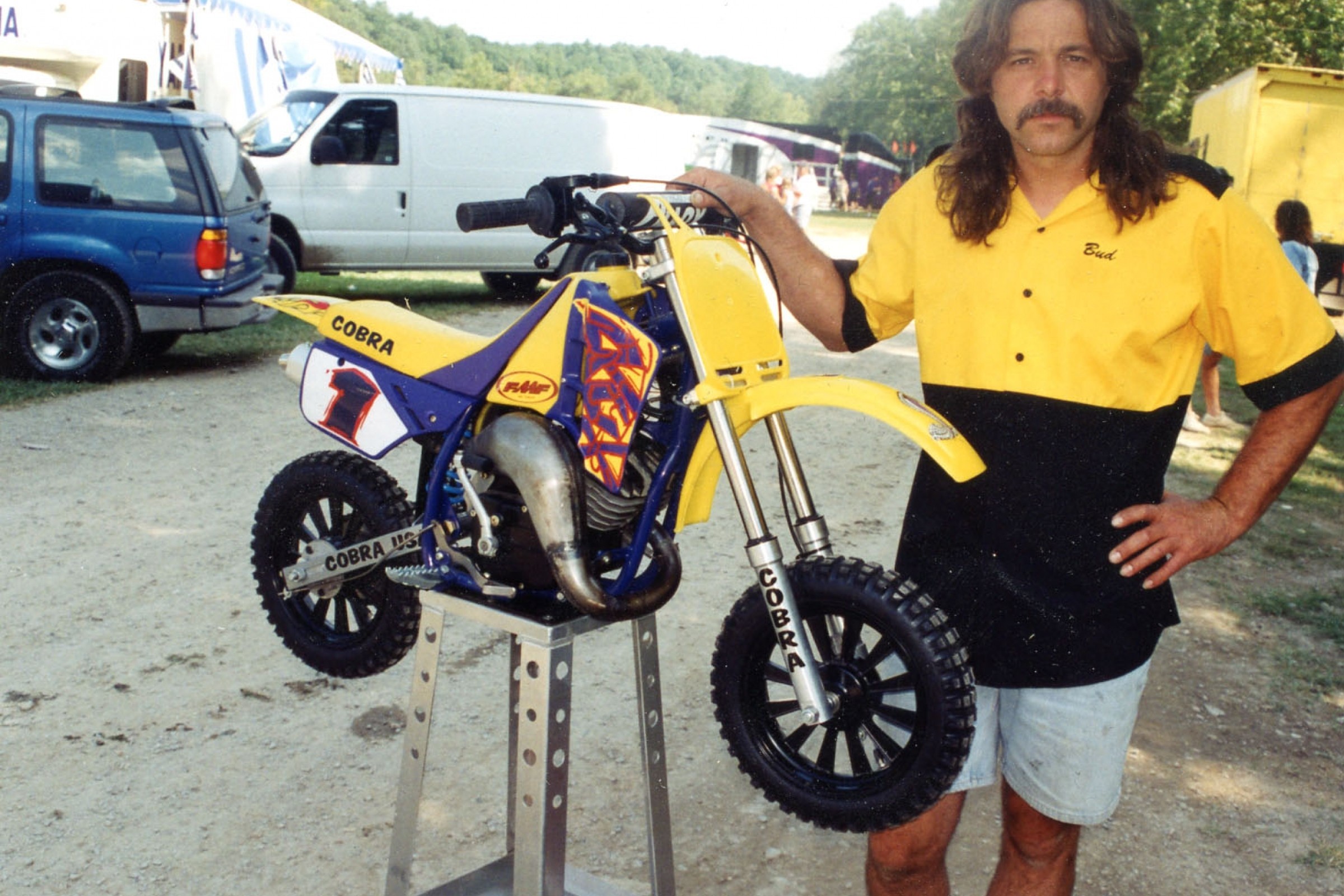 Thu Jul 13 36 Years of Loretta's: 1994
Thu Jul 13 36 Years of Loretta's: 1994 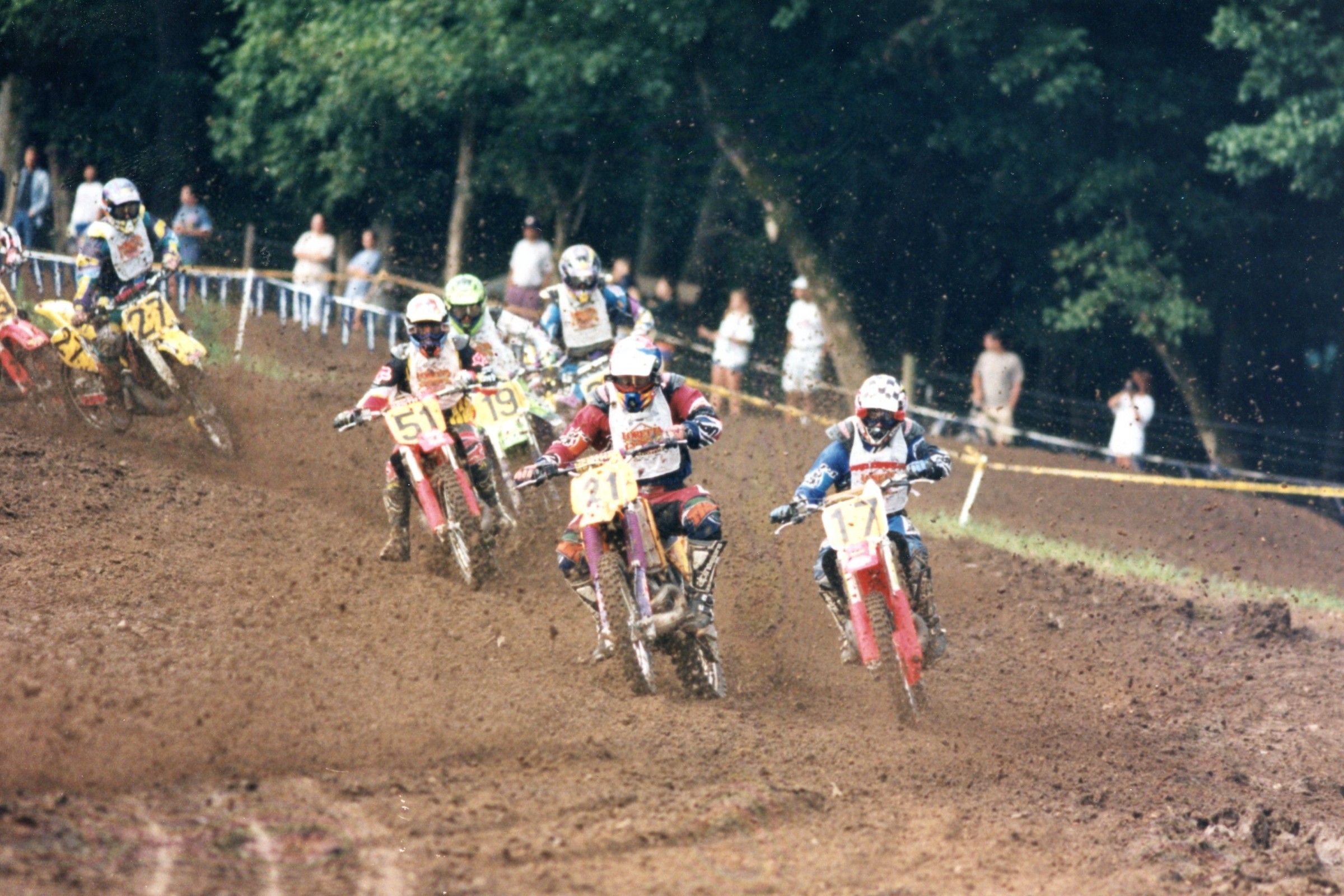 Wed Jul 12 36 Years of Loretta's: 1996
Wed Jul 12 36 Years of Loretta's: 1996 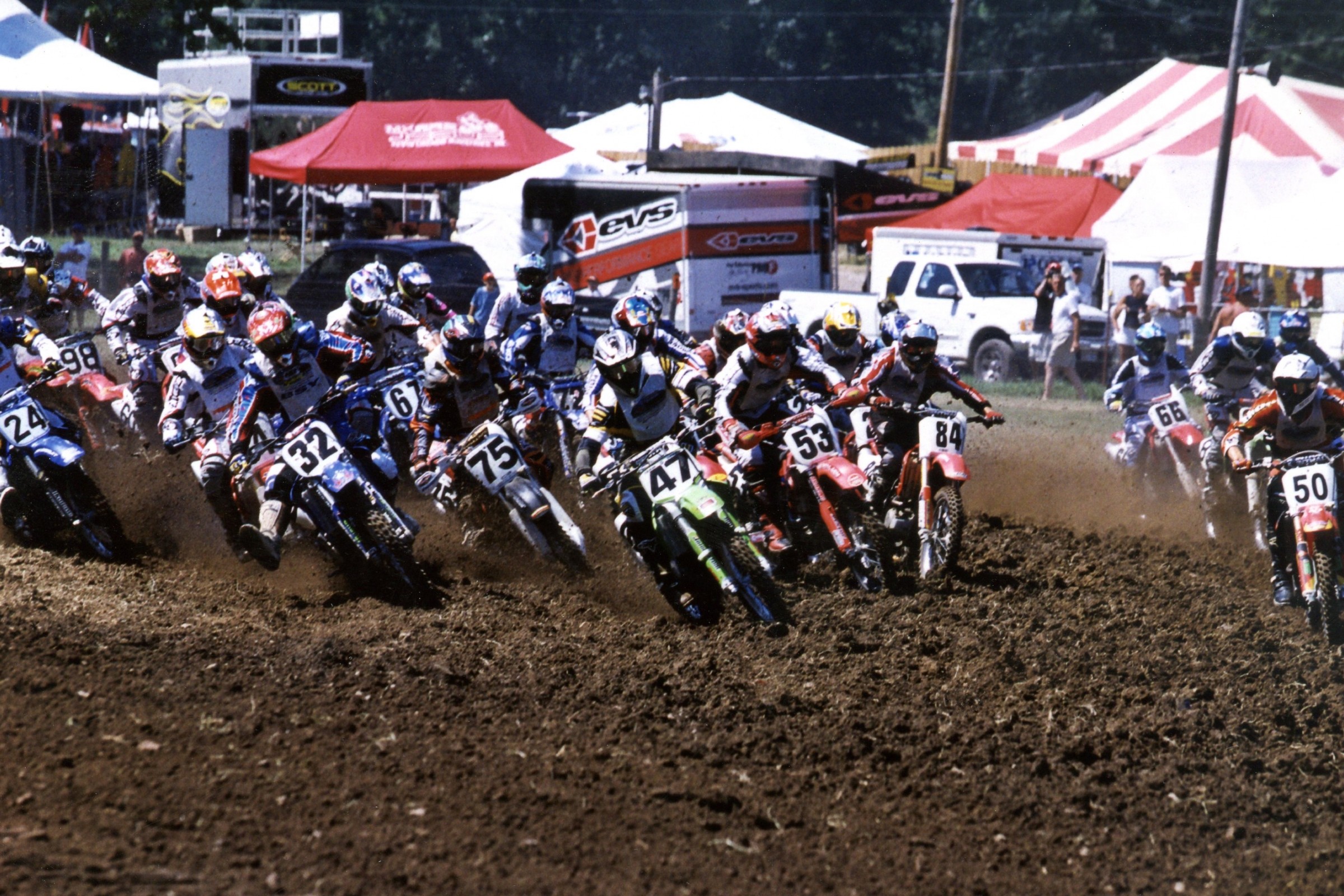 Tue Jul 11 36 Years of Loretta's: 2002
Tue Jul 11 36 Years of Loretta's: 2002 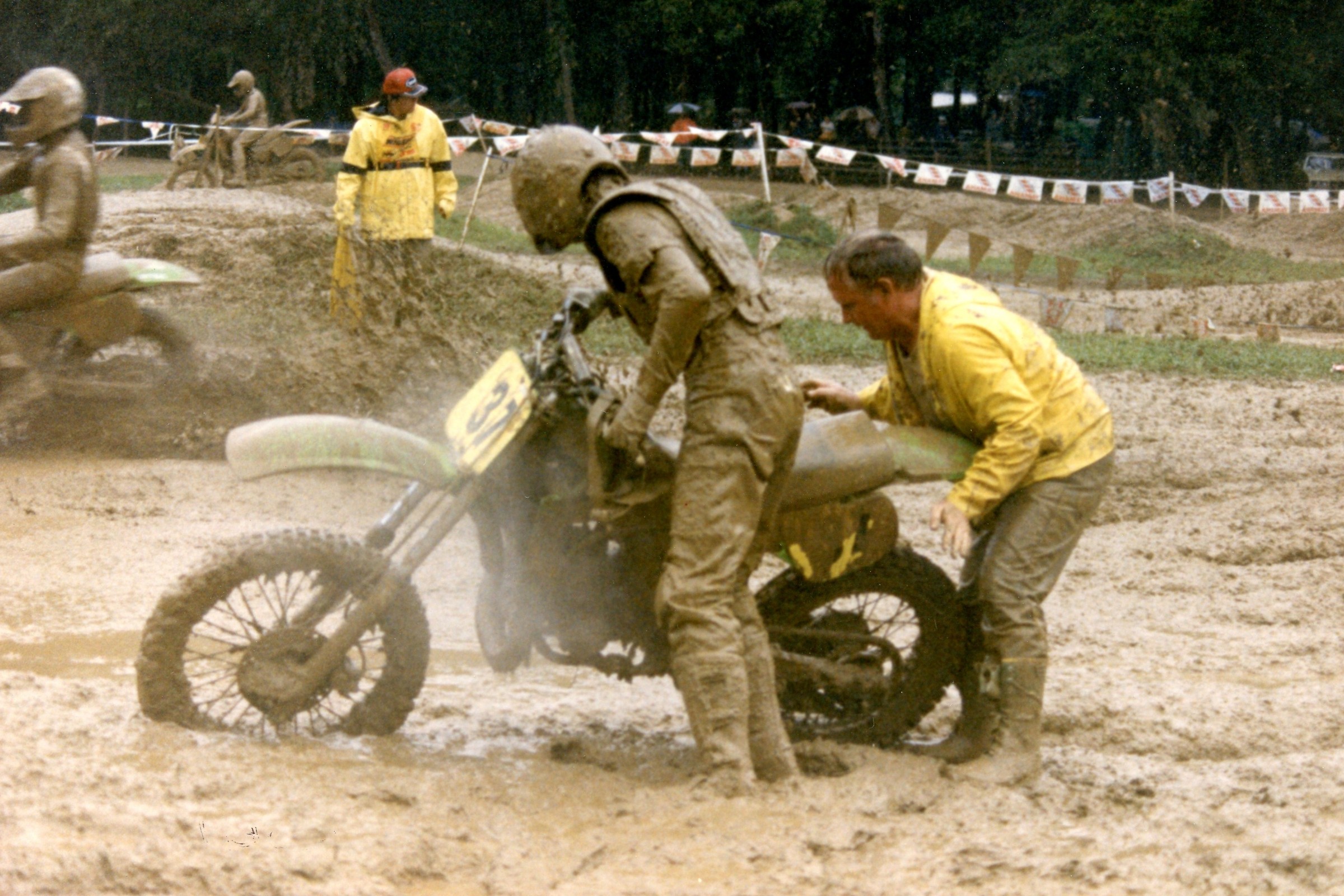 Mon Jul 10 36 Years of Loretta's: 1985
Mon Jul 10 36 Years of Loretta's: 1985 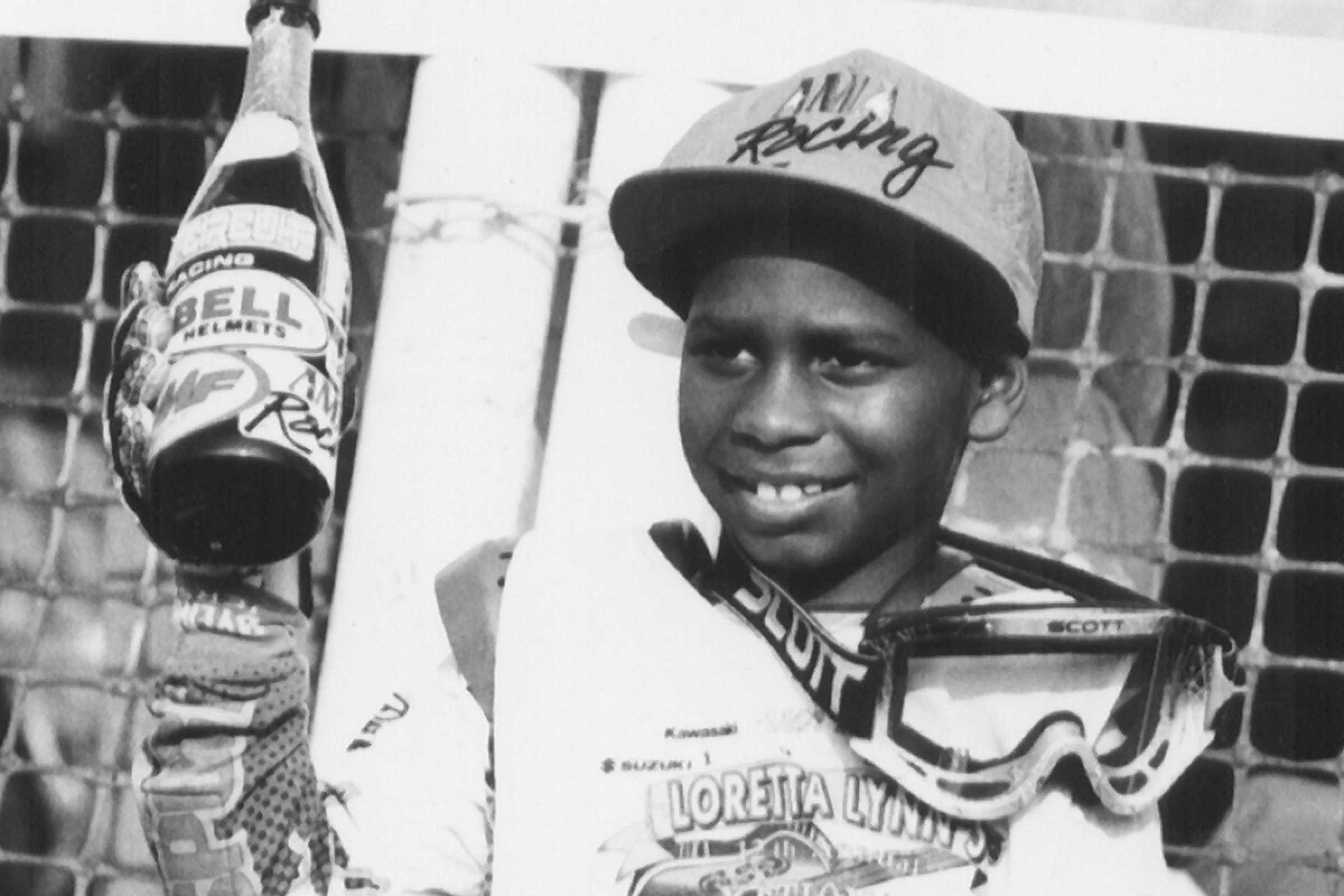 Sun Jul 9 36 Years of Loretta's: 1993
Sun Jul 9 36 Years of Loretta's: 1993 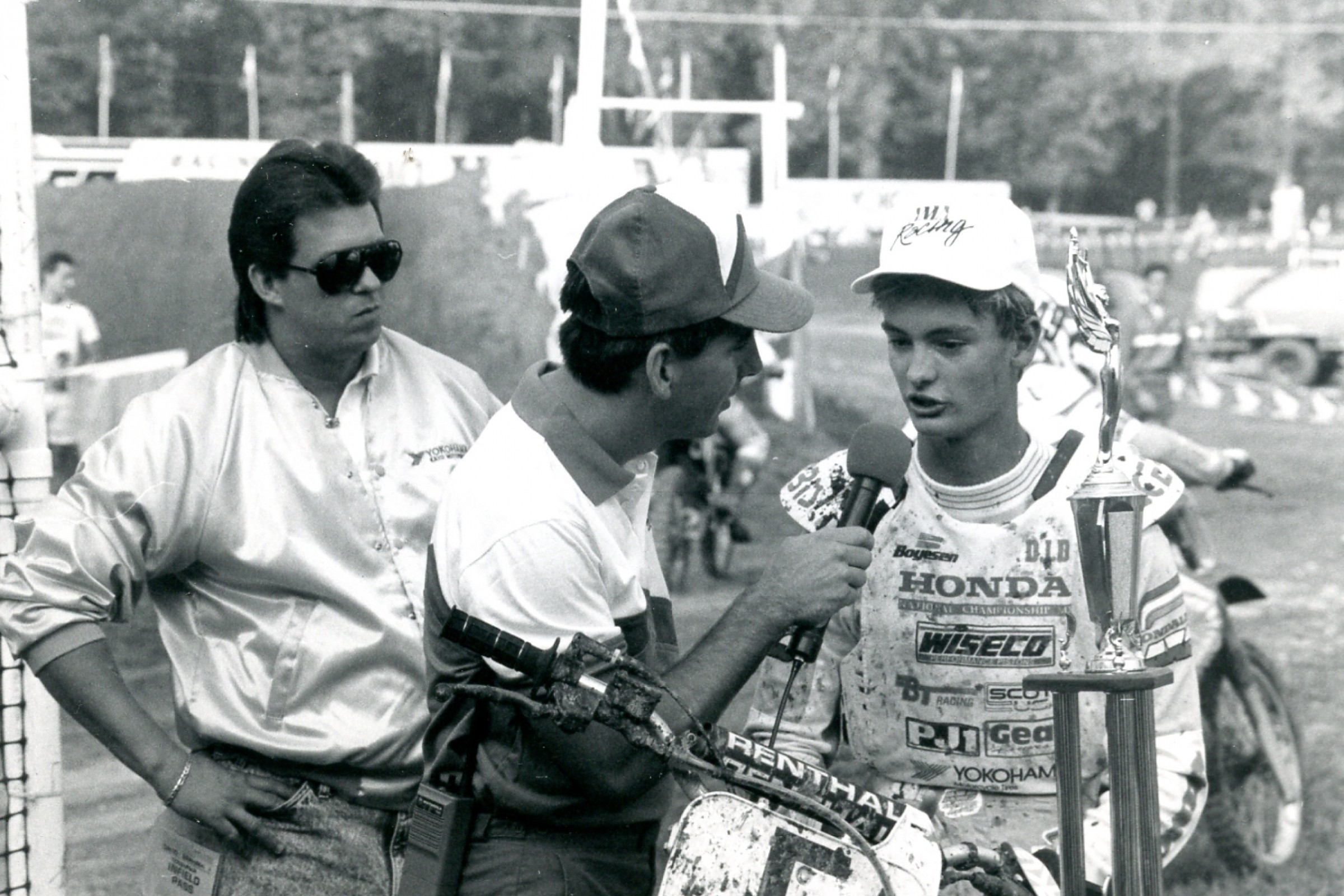 Sat Jul 8 36 Years of Loretta's: 1989
Sat Jul 8 36 Years of Loretta's: 1989 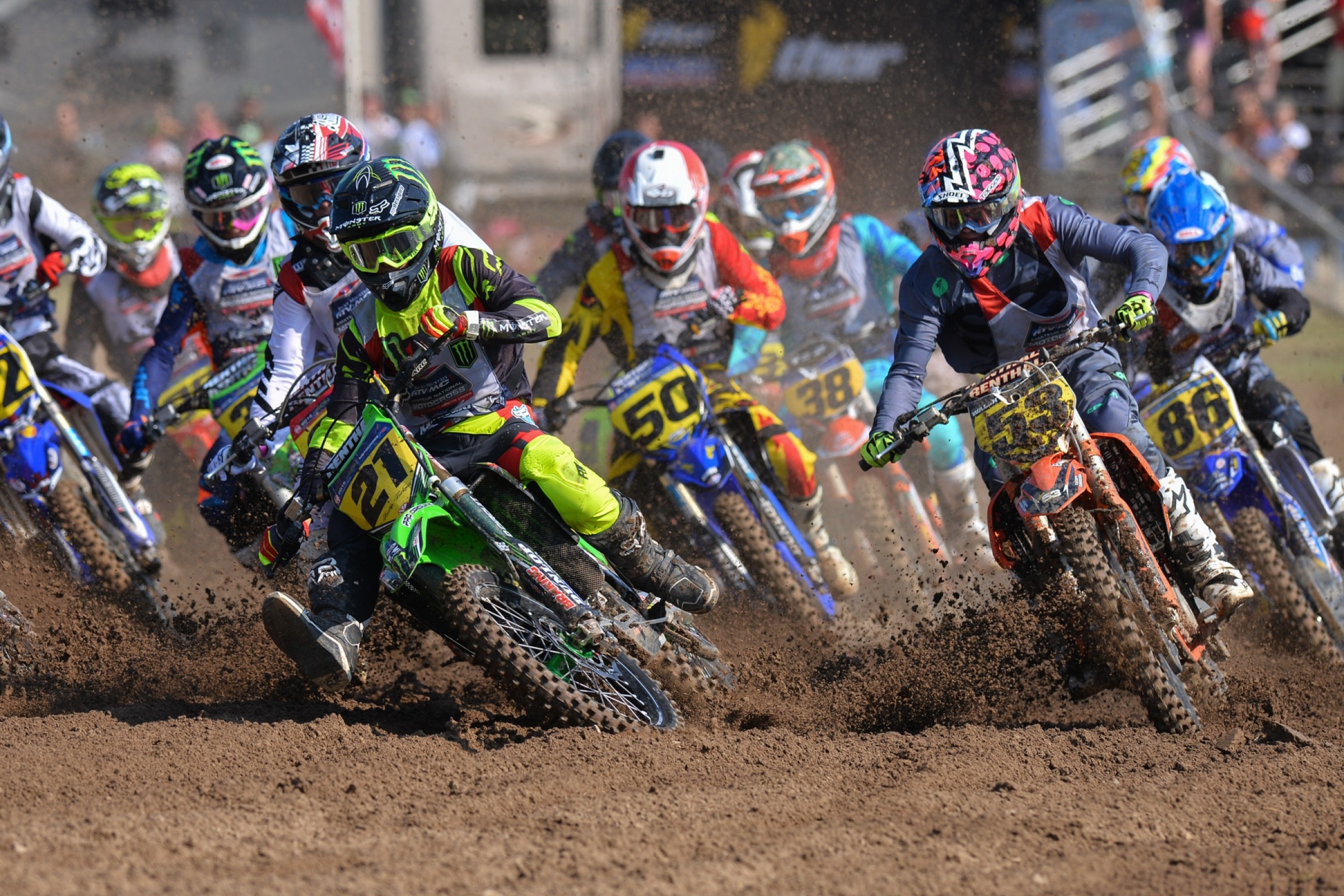 Fri Jul 7 36 Years of Loretta's: 2015
Fri Jul 7 36 Years of Loretta's: 2015 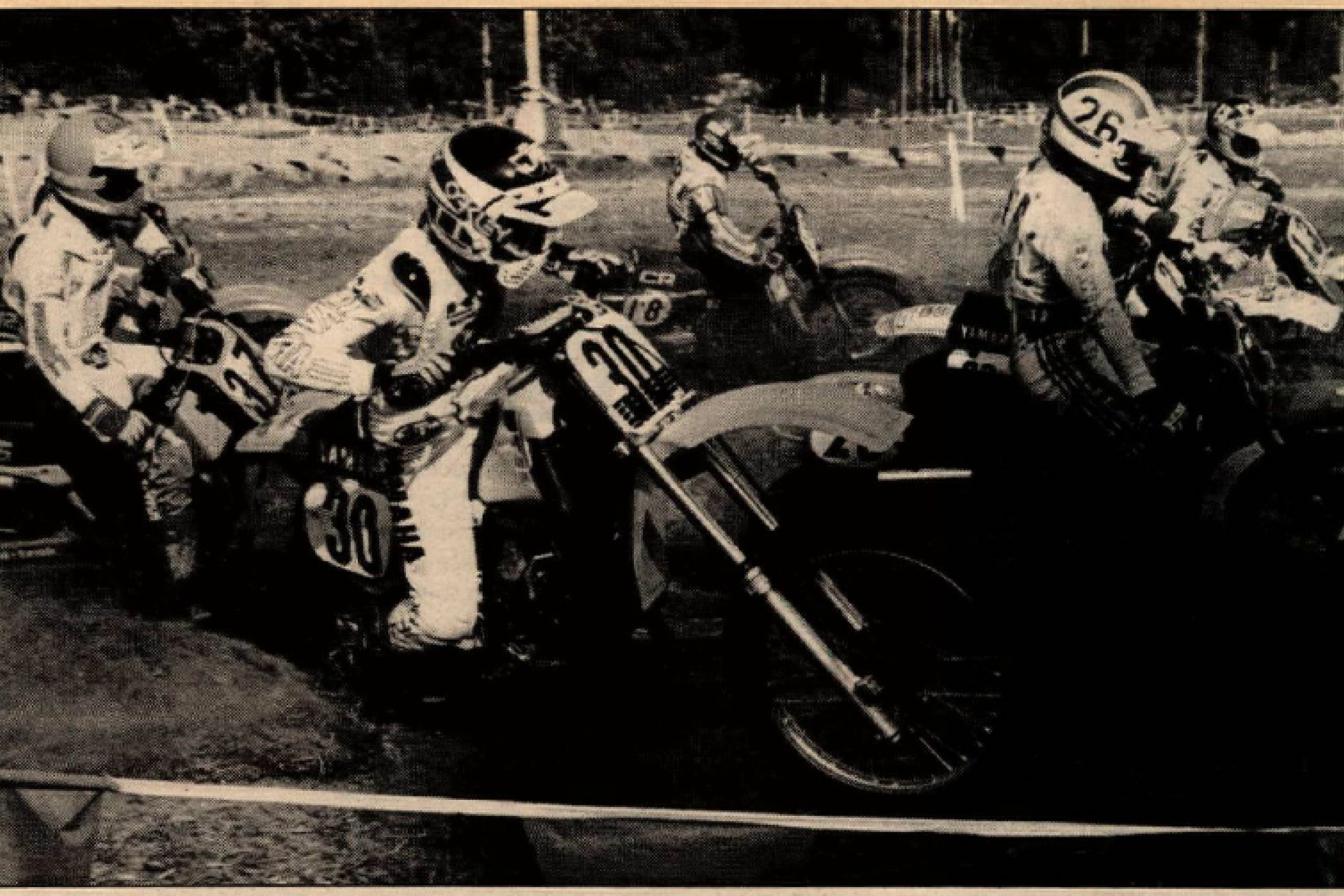 Thu Jul 6 36 Years of Loretta's: 1983
Thu Jul 6 36 Years of Loretta's: 1983 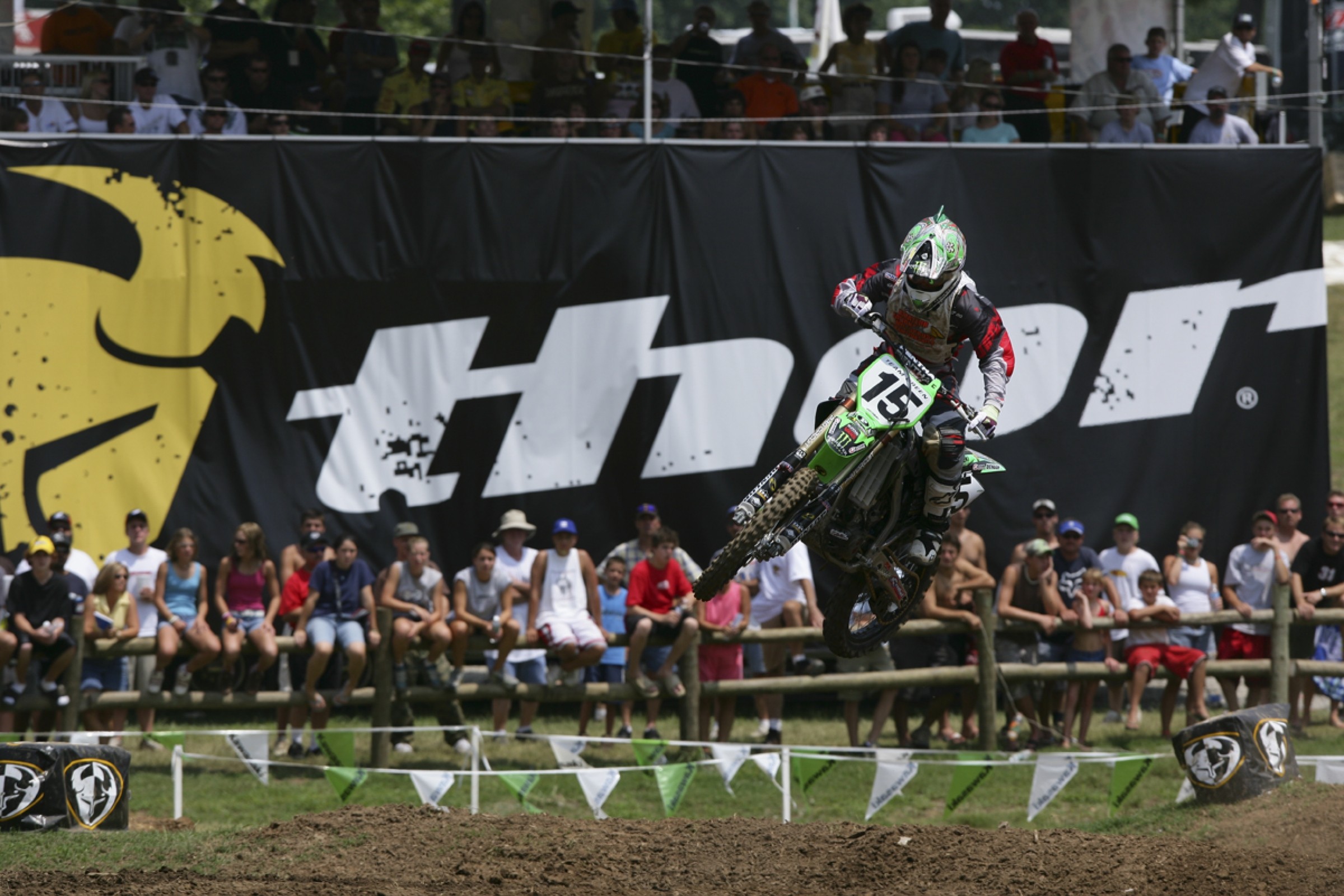 Wed Jul 5 36 Years of Loretta's: 2005
Wed Jul 5 36 Years of Loretta's: 2005 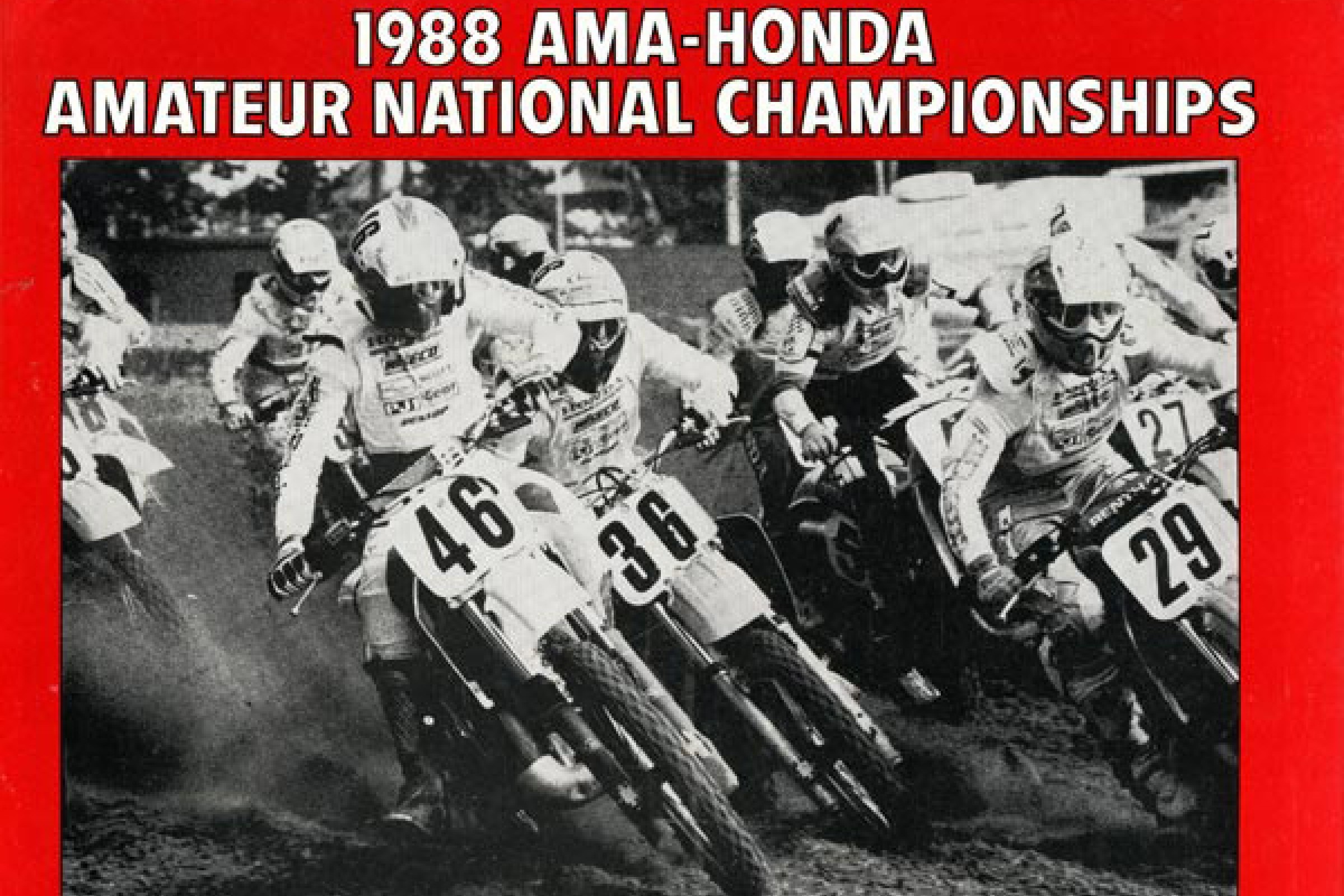 Tue Jul 4 36 Years of Loretta's: 1988
Tue Jul 4 36 Years of Loretta's: 1988 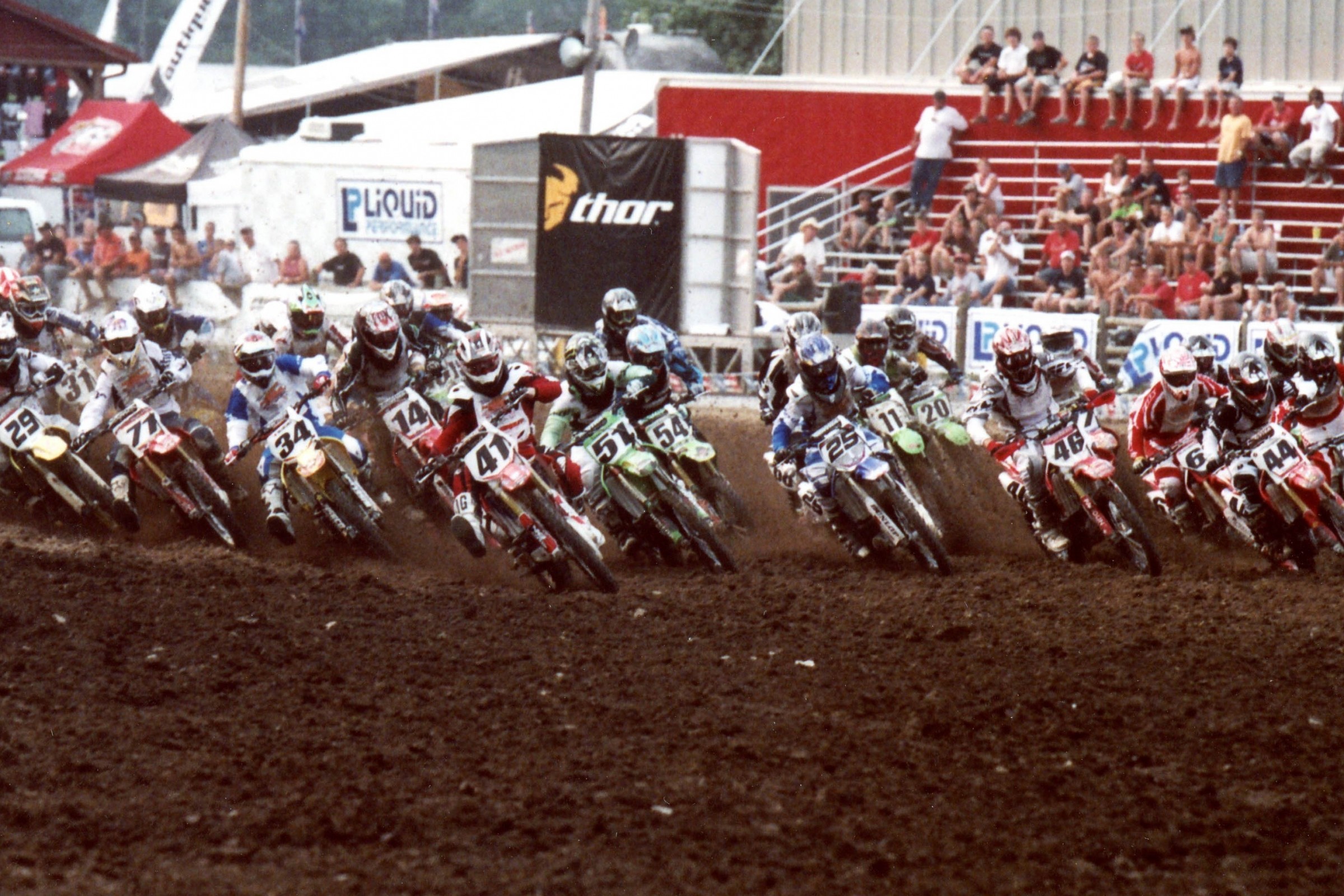 Mon Jul 3 36 Years OF Loretta's: 2007
Mon Jul 3 36 Years OF Loretta's: 2007 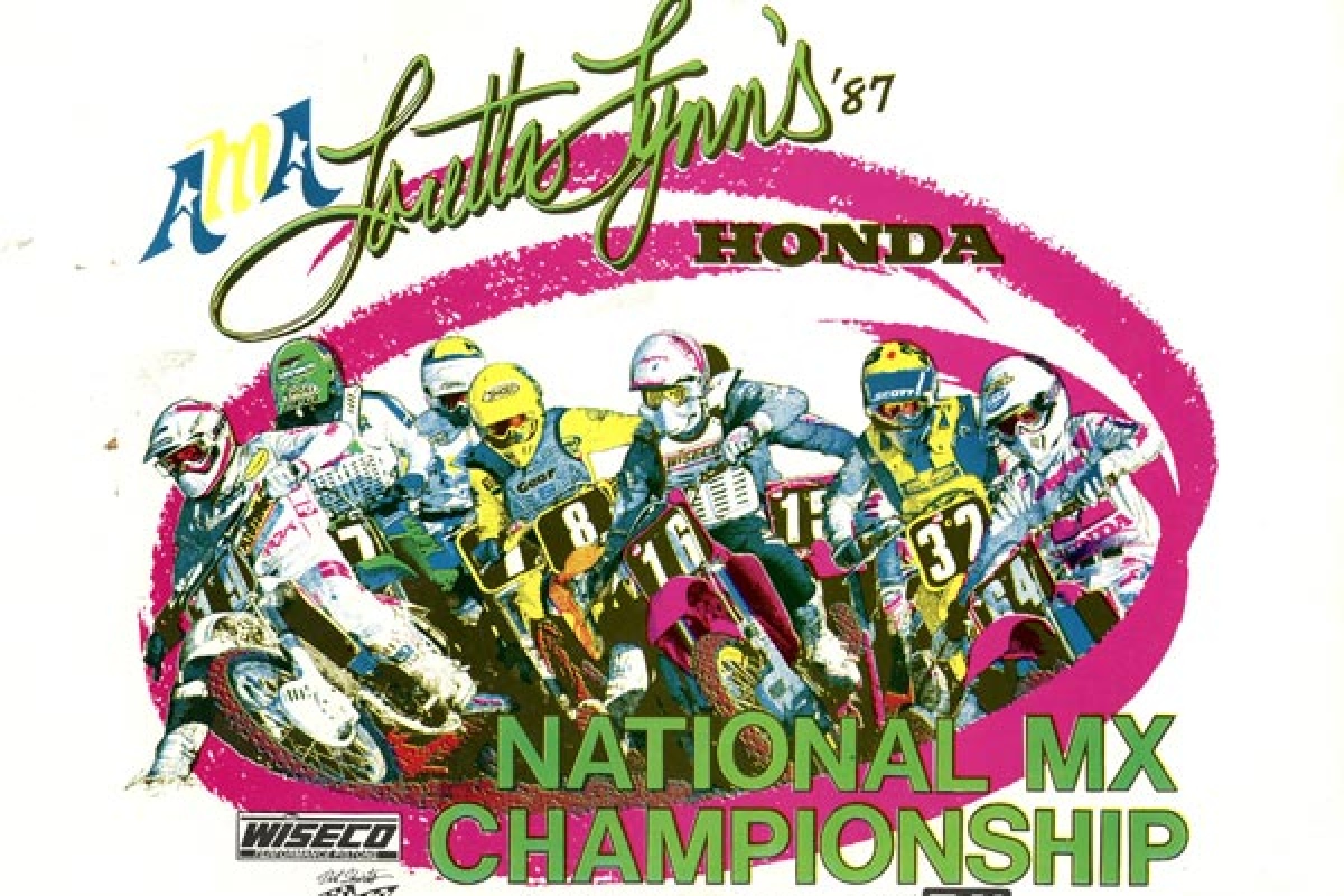 Sun Jul 2 36 Years of Loretta's: 1987
Sun Jul 2 36 Years of Loretta's: 1987 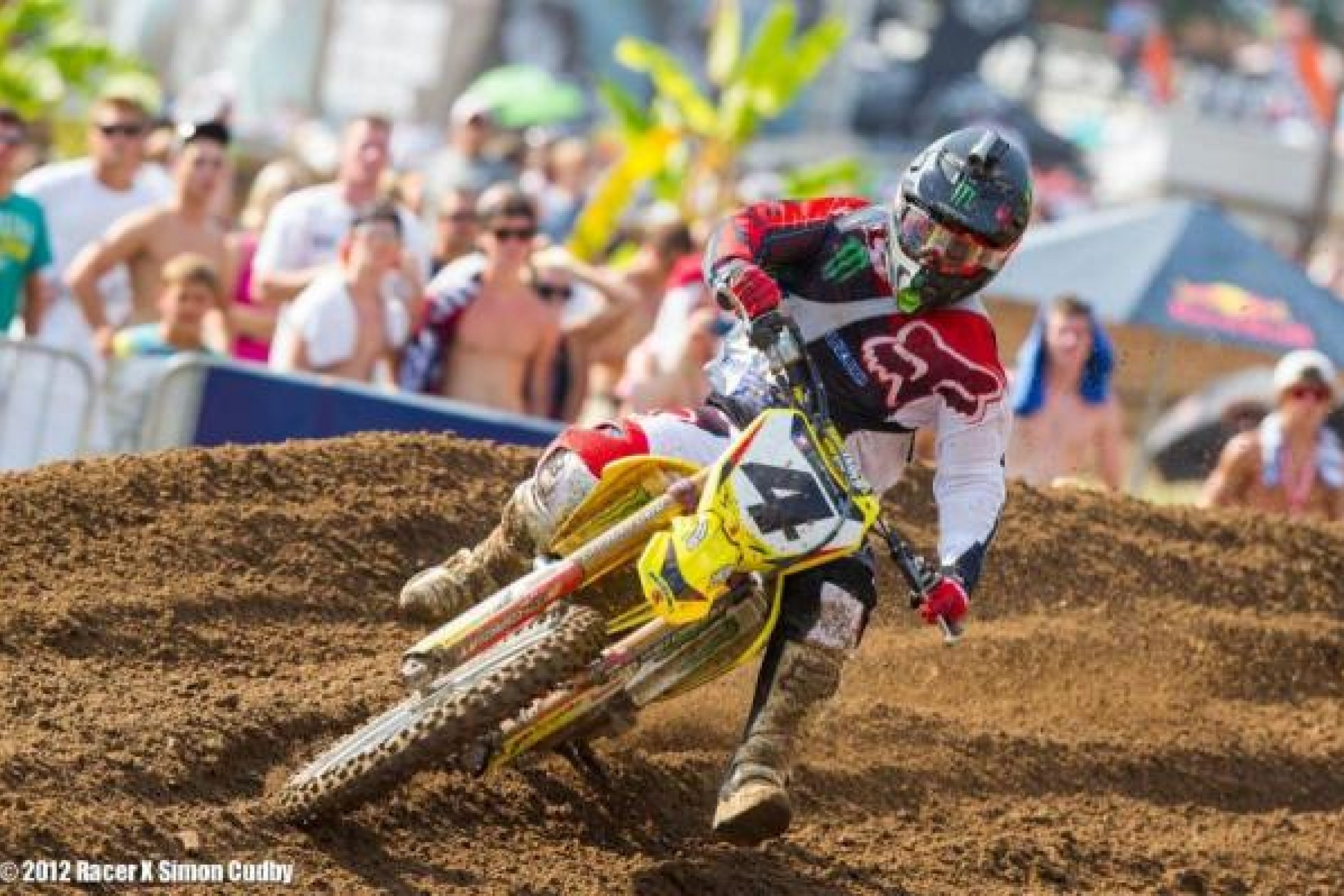 Sat Jul 1 36 Years of Loretta's: 2012
Sat Jul 1 36 Years of Loretta's: 2012 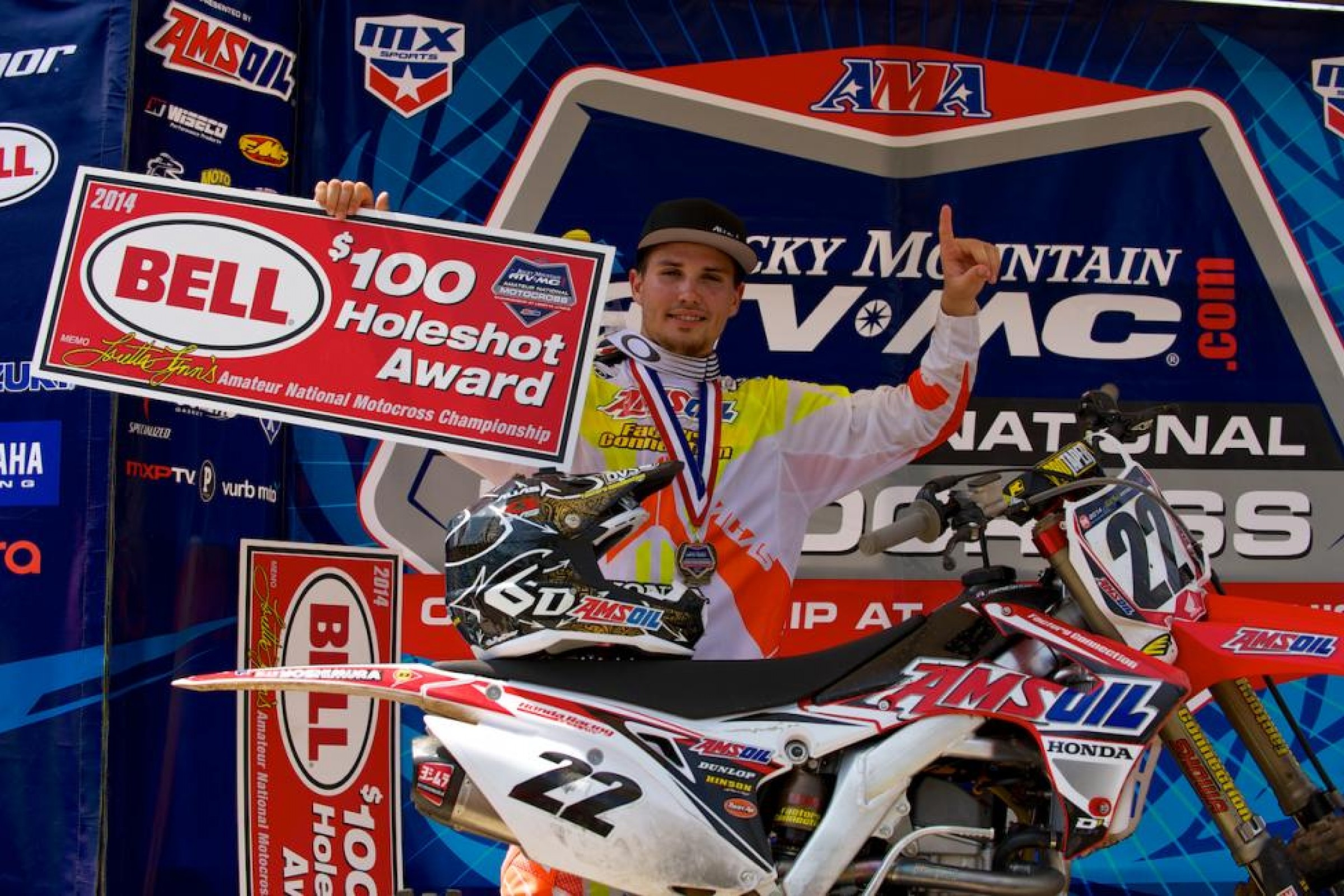 Fri Jun 30 36 Years of Loretta's: 2014
Fri Jun 30 36 Years of Loretta's: 2014 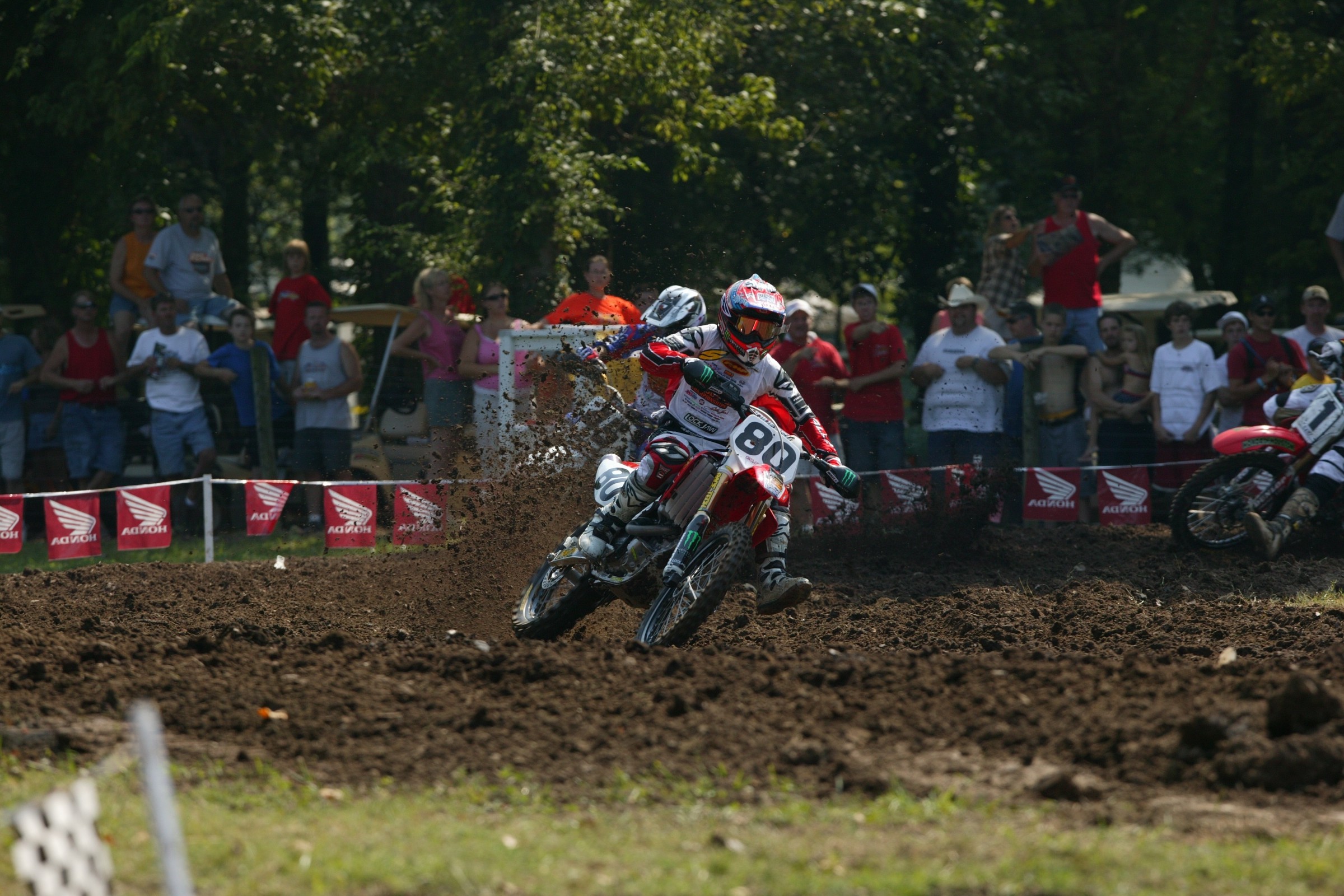 Thu Jun 29 36 Years of Loretta's: 2004
Thu Jun 29 36 Years of Loretta's: 2004 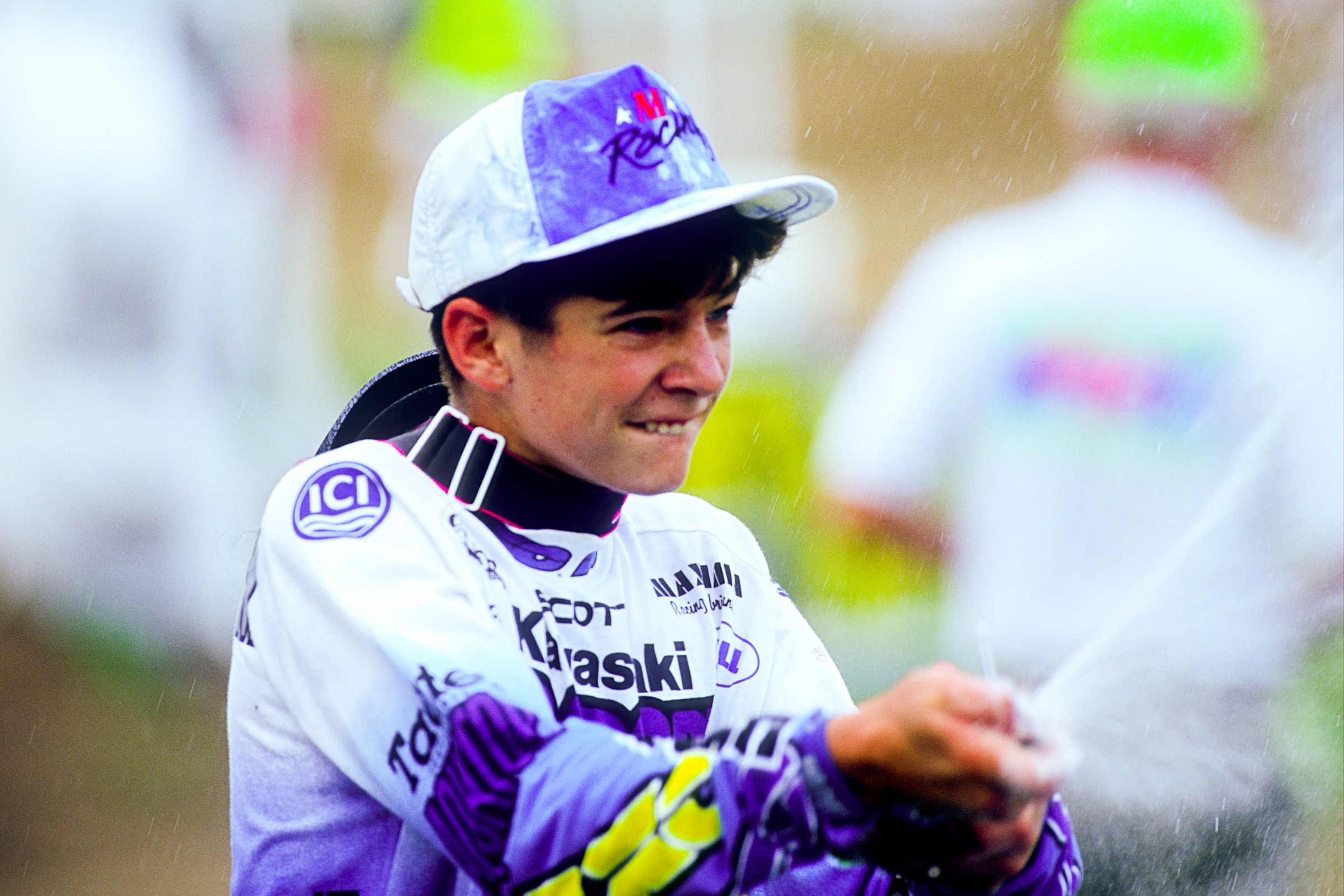 Wed Jun 28 36 Years of Loretta's: 1992
Wed Jun 28 36 Years of Loretta's: 1992 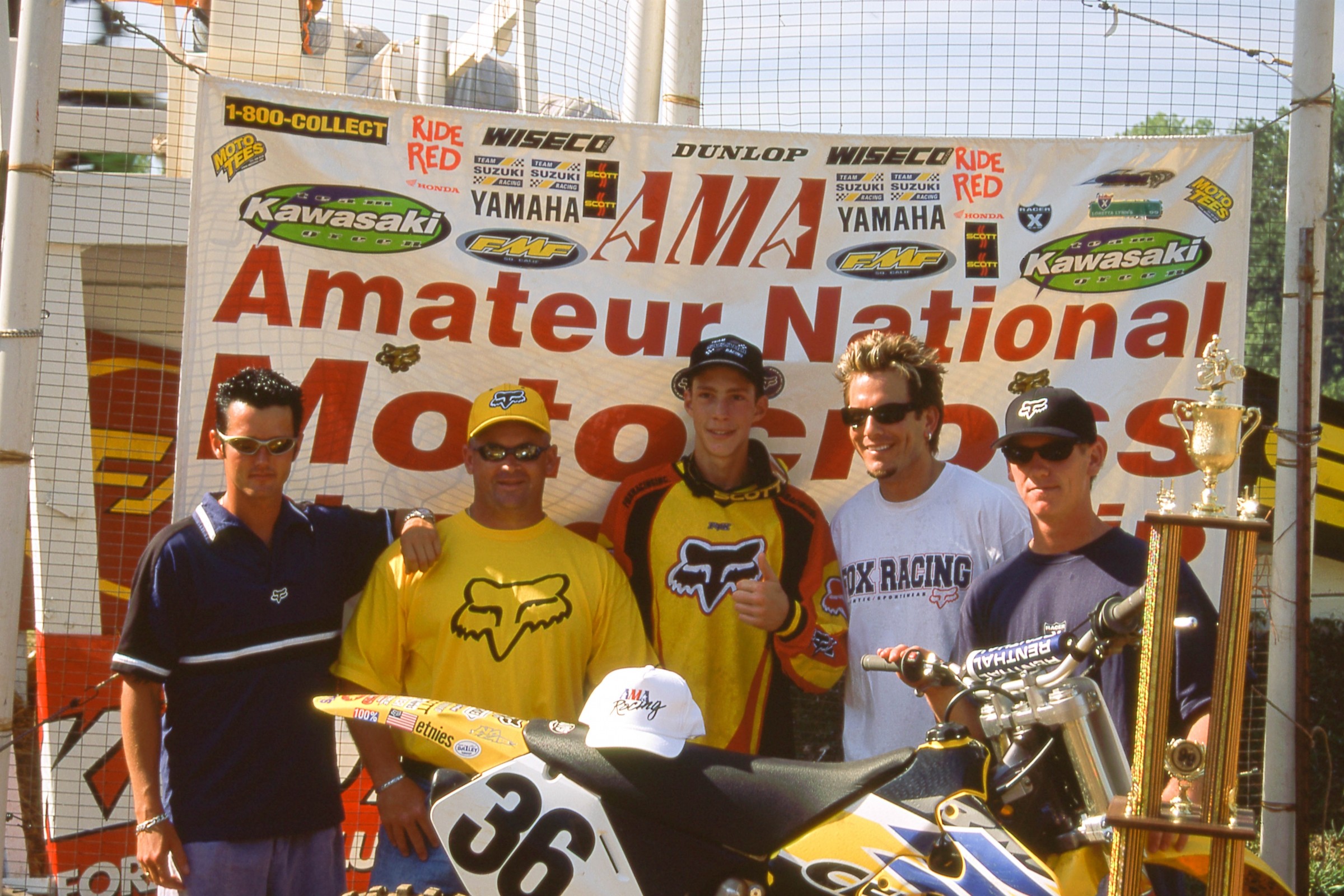 Tue Jun 27 36 Years of Loretta's: 1999
Tue Jun 27 36 Years of Loretta's: 1999 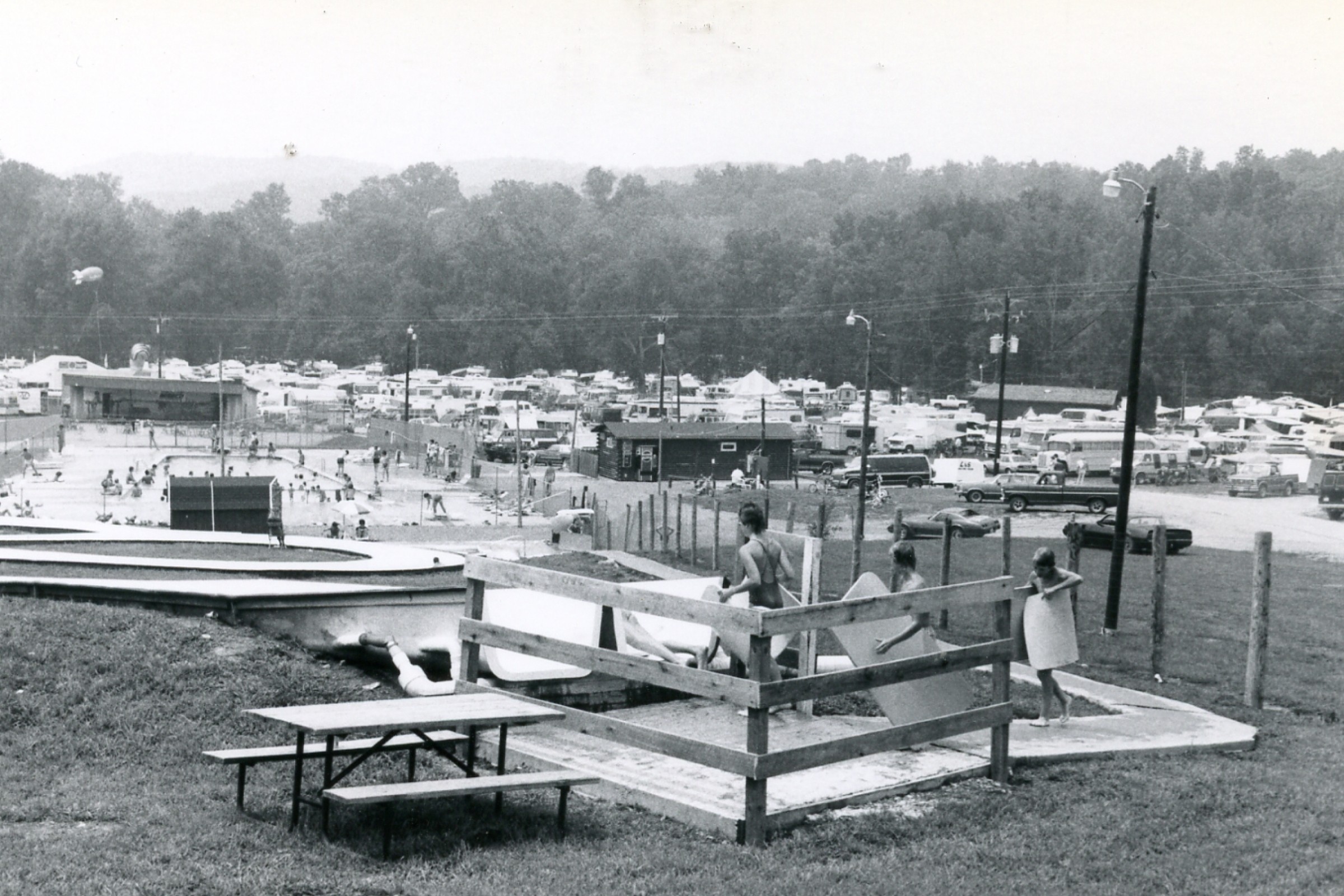 Mon Jun 26 36 Years of Loretta's: 1982
Mon Jun 26 36 Years of Loretta's: 1982 

